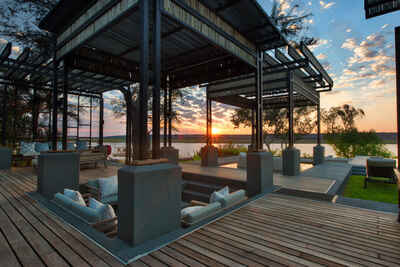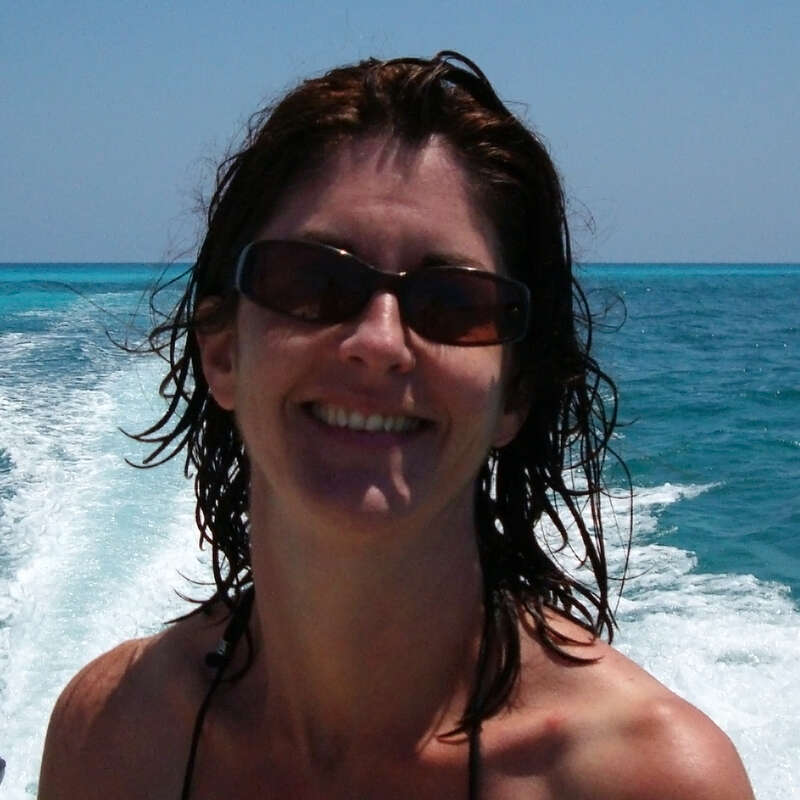About Chobe Water Villas
Located in Namibia’s ‘Zambezi Region’ of the Eastern Caprivi, Chobe Water Villas sits on the northern bank ...
... of the Chobe River, overlooking Sedudu Island (known as Kasikili Island in Namibia).
Do be aware that the villas are located on the Namibian side of the Chobe River and so, especially in the wet season, you may not find the wildlife to be particularly prolific. Though you will have the opportunity for a game drive within Chobe during your stay at the Water Villas, if wildlife is a priority, time in one of the lodges within the Chobe National Park itself may be a better option. However, for a relaxing stay near to a relatively peaceful section of the river, we think the design of this lodge is beautiful without being over the top, and the quality of the rooms, food and service are excellent.
Our view
Do be aware that the villas are located on the Namibian side of the Chobe River and so, especially in the wet season, you may not find the wildlife to be particularly prolific. Though you will have the opportunity for a game drive within Chobe during your stay at the Water Villas, if wildlife is a priority, time in one of the lodges within the Chobe National Park itself may be a better option. However, for a relaxing stay near to a relatively peaceful section of the river, we think the design of this lodge is beautiful without being over the top, and the quality of the rooms, food and service are excellent.
Accommodation
16 villas
Children
Best for 12+
Open
All year
Activities

4WD Safari

Birdwatching

Boat trip

Cultural excursion

Fishing

Private activities
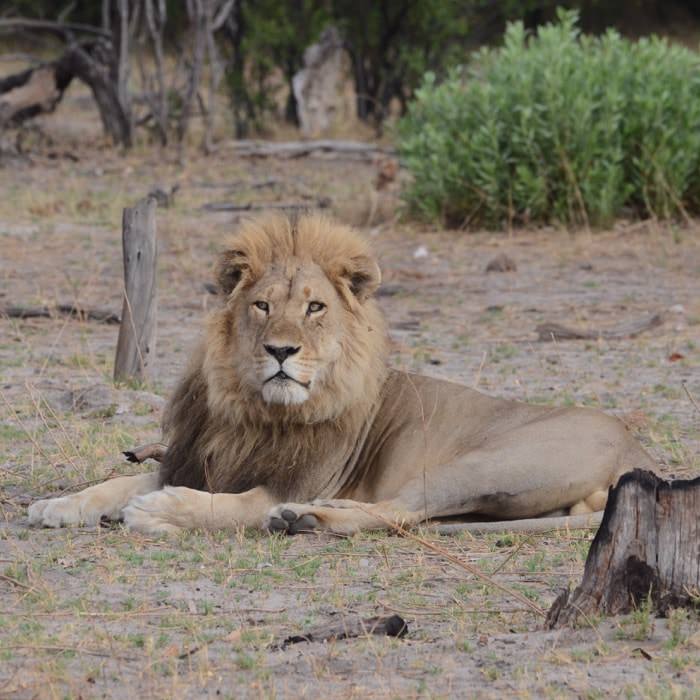
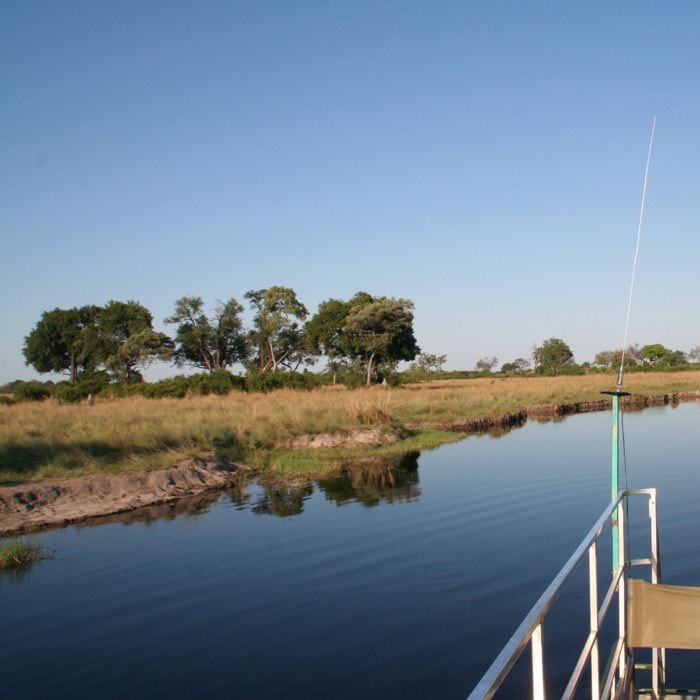
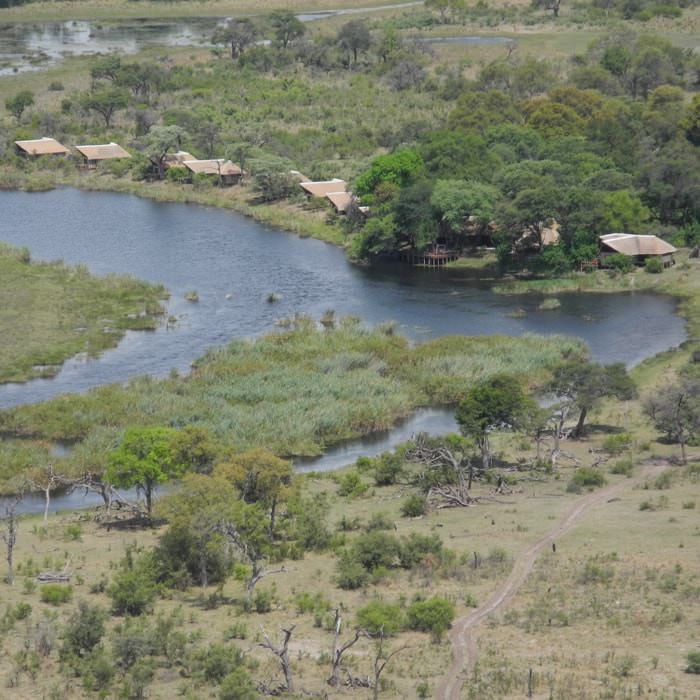
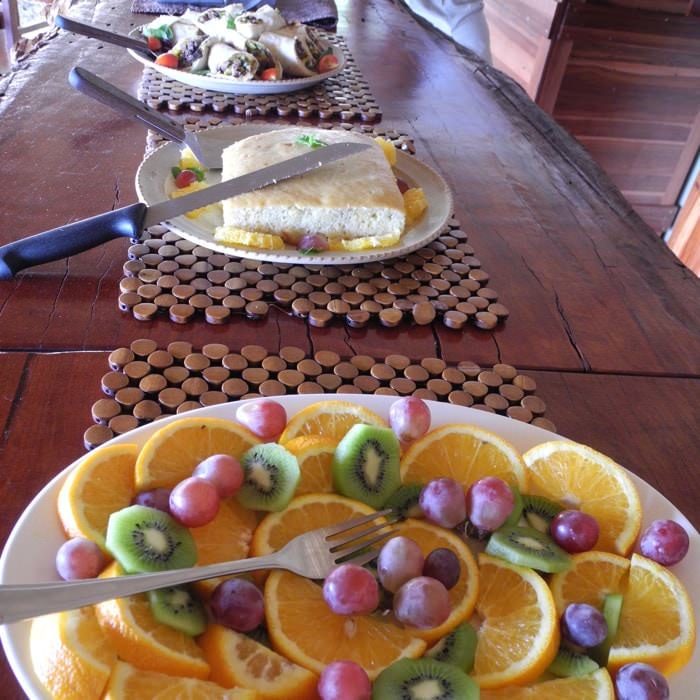
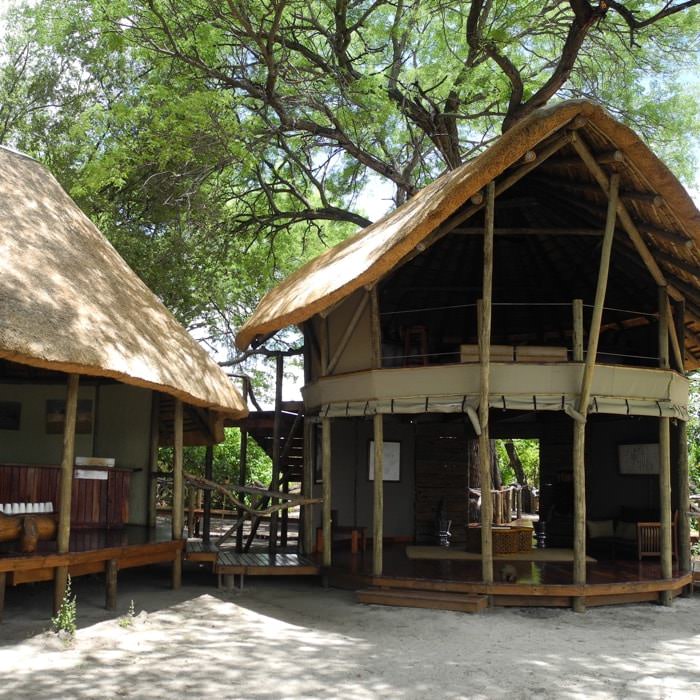
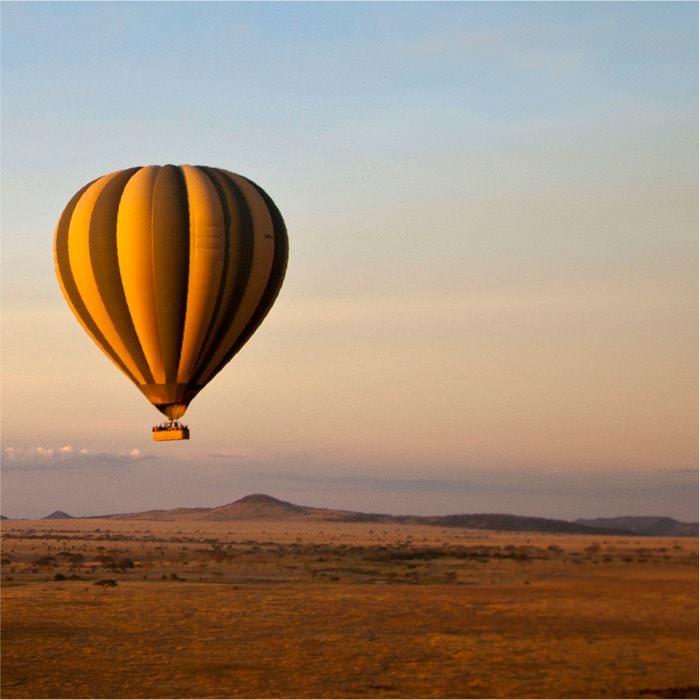
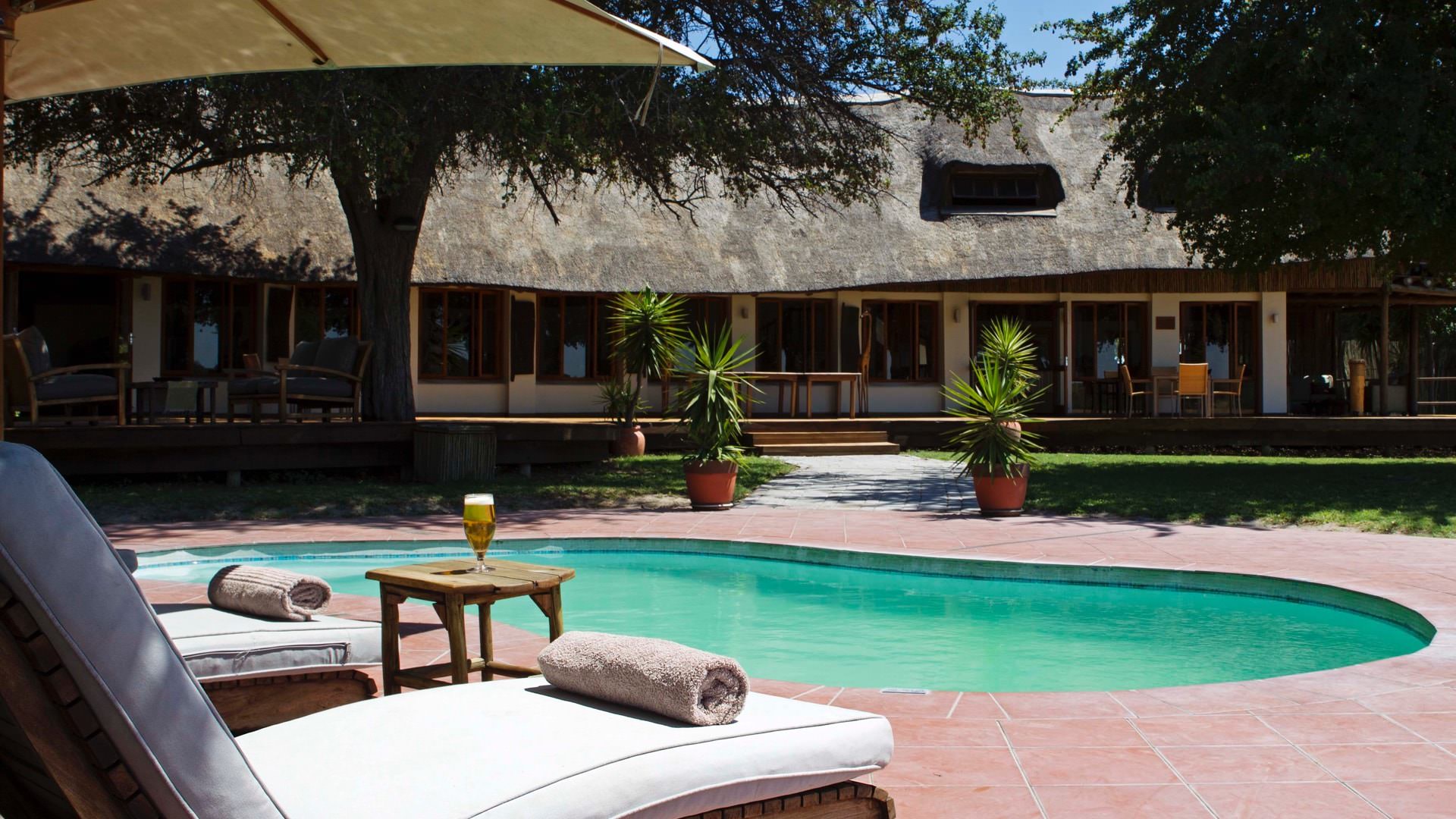
Expert Africa's gallery
When we travel we take lots of photos ourselves to give you a real and un-edited view of the safaris. See our 1 pictures of Chobe Water Villas to get the candid view.
View galleryChobe Water Villas: Our full report
Located in Namibia’s ‘Zambezi Region’ of the Eastern Caprivi, Chobe Water Villas sits on the northern bank ...
... of the Chobe River, overlooking Sedudu Island (known as Kasikili Island in Namibia).
Previously the site of King’s Den Lodge, Chobe Water Villas opened in 2016, occupying a beautiful stretch along the banks of the Chobe River.
16 spacious villas look across Sedudu Island to Botswana’s Chobe National Park. Surrounded by lush gardens, currently undergoing new landscaping after being damaged in the floods of early 2018, the villas are linked by wooden walkways and set in pairs off the main boardwalk.
Raised high on a stilted wooden deck, each water villa has dark wood flooring under a thatched roof, with private decks to the front and back of each. Inside the large open plan lounge and bedroom area, twin or double beds and bedside tables (complete with reading lamp and power points – international and USB) sit under a voluminous mosquito net, along with an ‘Evening Breeze’ cooling system. A comfortable sofa is positioned beyond the foot of the bed, with both facing out through glass doors which concertina open to give full views to the river. Loungers are in the sunniest spot on the deck, with shaded benches and cushions to each side.
Whitewashed storage cupboards down the length of the room conceal a well-stocked minibar, tea and coffee facilities, along with a Nespresso machine, electronic safe, torch and mosquito repellent.
En suite bathrooms set to the back of each villa are also spacious, with shower and toilet separate in individual rooms to one side, plus a freestanding bath, twin sinks and towel rack full of fluffy white towels. Toiletries, hairdryer, robes and slippers are also provided.
The cavernous main area is intricately designed, with every feature having an intriguing concept behind it, representing elements of Namibian wildlife, weather or culture. Jars of sand from each of the three villages that make up the local conservancy have pride of place near the entrance. Folds in lightshades bring to mind zebra stripes, while grey metallic sections built into the ceiling represent the footprints of the elephants plodding across Etosha’s salt pans. Elaborate wooden windchimes over the dining area, interspersed with white lights, signify the thunderstorms across the desert – it looks pretty, but when the wind blows through and you hear the rumble and clinks created by the different materials, the clever design is logical. Without an explanation, the lodge simply feels stylish and contemporary. With, it brings a feeling of thoughtfulness and precision to the whole lodge.
The large dining area has tables inside and out, separated by floor length curtains to keep out the wind on cooler winter nights. To one side, a large buffet area can be hidden behind ingenious, decorated sliding doors when the buffet is being cleared, or is not in use. Attentive staff are on hand, and there is a self-serve tea and coffee station, as well as an open bar for local wines, beers and spirits.
Lounge areas include a selection of more casual and formal seating spots, with a library section, squashy sofas, and bar stools. Further outdoor seating areas surround a large infinity pool, as well as a fire pit.
Activities from Chobe Water Villas naturally concentrate on the Chobe River, with boat trips, sundowner cruises and birdwatching on offer. Game drives are also offered into Botswana’s Chobe National Park, which are often included on the final day of your stay, in order to reduce the travel times through immigration points.
At extra cost, fishing trips, village walks, cultural tours and visits into Zimbabwe to see the Victoria Falls can also be arranged through the lodge activities desk.
Sister lodge to Mokuti Lodge in east Etosha, and the Strand Hotel in Swakopmund, Chobe Water Villas combines well with both on a self-drive trip through Namibia, though also works well added to a trip to or from Botswana or Zimbabwe.
Activities
4WD Safari
Birdwatching
Boat trip
Cultural excursion
Fishing
Private activities
Families & children
- Attitude towards children
- Children over the age of 12 are welcome at Chobe Water Villas.
- Property’s age restrictions
- 12+
- Special activities & services
- None provided.
- Equipment
- None provided.
- Generally recommended for children
- We think Chobe Water Villas is better suited to older children, due to the stylish and more adult nature of the lodge.
- Notes
- Wild animals do enter camp at times, and there are no fences to the pools, or the river – children should be supervised by a parent or guardian at all times.
Food & drink
- Usual board basis
- Full Board & Activities
- Food quality
- Chobe Water Villas have a mix of African and European food options available – and they’re able to cater to a range of dietary requirements.
Breakfast is served buffet style, with continental options, and an à la caret menu for cooked options.
We stayed for lunch on our last visit, and were suitably impressed with the sharing Mediterranean mezze platter, piled high with koftas, meatballs, olives, potato and green salads and freshly baked bread, served with generous servings of dips, including hummus and baba ganoush.
Dinner is generally served from a 5-course set à la carte menu, though sometimes there will be a braai or traditional buffet. - Dining style
- Individual Tables
- Dining locations
- Indoor and Outdoor Dining
- Drinks included
- Water is filtered and is processed through a reverse osmosis system. Filtered water is provided in the rooms, and tap water is suitable for drinking, though bottled water is also available. All soft drinks, local wines, beers and spirits are included – the lodge has a self-service bar in the main area. Premium spirits are in a separate bar, and are an extra cost.
Getting there
- Location
- Caprivi Strip, Namibia
- Ideal length of stay
- We’d recommend a stay of at least 2 nights here, to make the most of the activities on offer. Chobe Water Villas works well as an add-on to your self-drive trip in Namibia, or as an addition to a safari in Botswana.
- Accessible by
- Self-drive or Fly-and-Transfer
Special interests
- Birdwatching safaris
- Whilst perhaps not the spot for unique species sightings, the sheer volume of birds inhabiting the river banks near Chobe Water Villas makes it a great spot for birdwatching in Namibia.
- See ideas for Birdwatching safaris in Namibia
Communications
- Power supply notes
- Chobe Water Villas has a back-up generator on site. Each room has plenty of power points, and sockets and adaptors for most international plugs and USBs.
- Communications
- WiFi is available in all of the villas, and in most public areas. You’ll find limited cell phone reception, though the lodge is looking to get a booster installed.
- TV & radio
- There is a TV in the lodge’s conference facility room.
- Water supply
- Other
- Water supply notes
- Water is pumped from the river and filtered. Toilets and showers are plumbed, and there’s hot water to all of the rooms.
Health & safety
- Malarial protection recommended
- Yes
- Medical care
- A first aid trained member of staff is on site at all times. The closest doctor is located in Kasane, via a boat trip and short drive. For more serious incidents, you would be flown to Windhoek.
- Dangerous animals
- High Risk
- Security measures
- Chobe Water Villas has 24 hour security, with watchmen on site during the night, available to escort you back to the room if you prefer.
- Fire safety
- All rooms have fire extinguishers, and there are more extinguishers as well as fire hoses dotted across the property.
Useful info
- Disabled access
- On Request
- Laundry facilities
- A laundry service is available, at extra cost. The Water Villas staff aim to get this back to you on the same day, though they advise it’s a next-day service.
- Money
- Each villa has an electronic safe. The main reception is able to arrange currency exchanges for small amounts, depending on the currencies available, but this is generally better done in town.
- Accepted payment on location
- Payment is accepted in Mastercard and Visa, though the lodge is unable to accept American Express or Diners Cards. It’s also possible to pay in pula, euro, Namibian dollars, British pounds or US dollars.
Plan and book your trip with Expert Africa
All of our trips are tailor-made, so we'll always adapt them to suit you. Talk to an Expert and let us plan and arrange your perfect trip.

Talk to an Expert
Call or email us now! We’ll match you with the Specialist in our team who is best suited to help you. Then together we can start planning your trip.

Set up your itinerary
Based on our experience and your ideas, your specialist will create a detailed, costed itinerary. We’ll refine it together, until we have a trip that you’re perfectly happy with.

Prepare for your trip
The same Specialist will make the seamless arrangements for your trip, send you detailed travel documents, and be available to answer any questions before you depart.

Travel with peace of mind
After you set off, you’ll be cared for by our partners in Africa, most of whom have worked with Expert Africa for decades. And if you ever need us urgently, we’re available 24/7.

When you return
We love to learn about your trip, and so will always be grateful if you’ve the time to give feedback to your Specialist when you return.
Chobe Water Villas's location
Look closer at the environment and surroundings of Chobe Water Villas.
Other lodges in Caprivi Strip
Alternative places to stay in this same area.

Ndhovu Safari Lodge
Ndhovu is a simple riverside lodge, with tents that are reminiscent of safaris a decade or two ago.
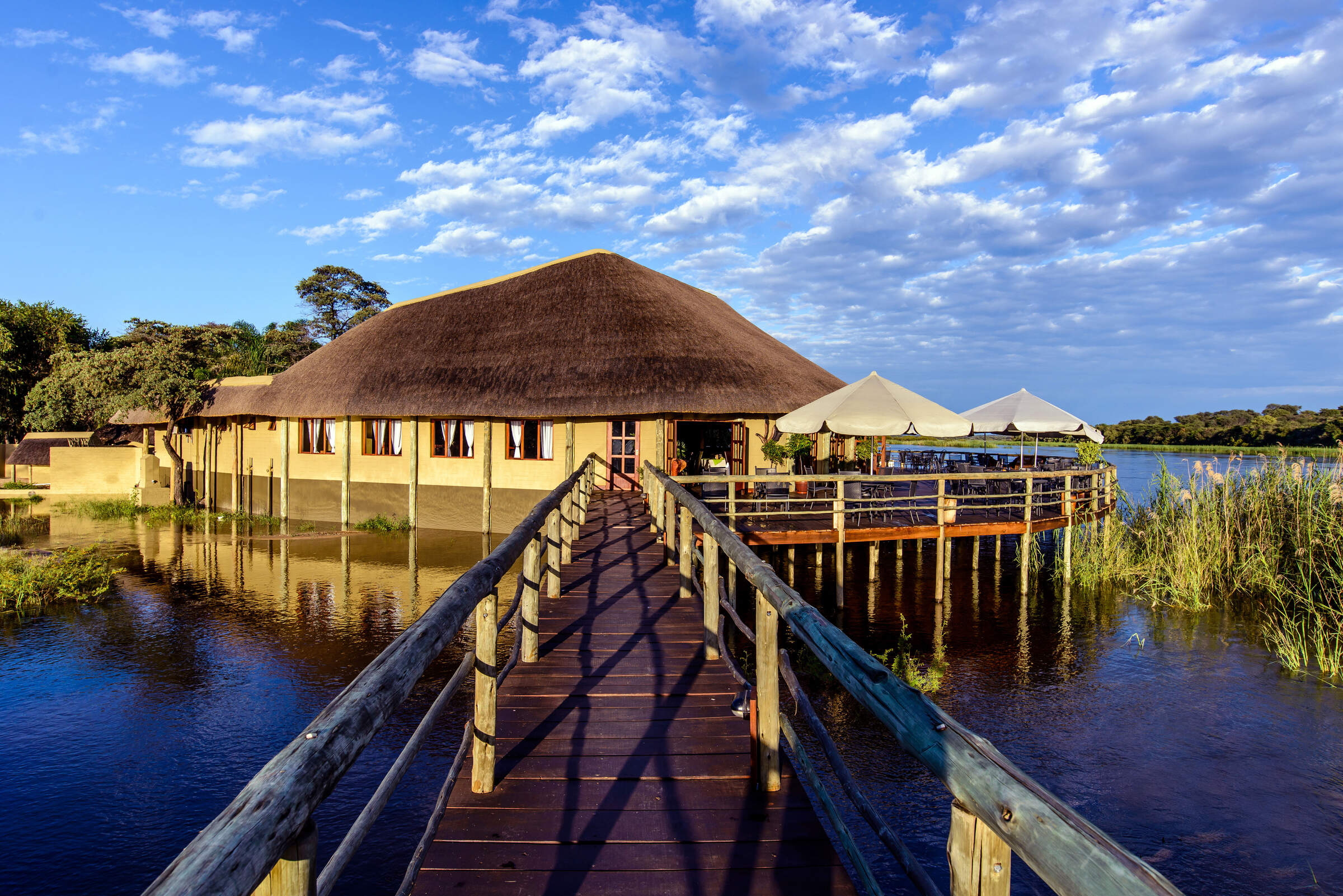
Hakusembe Lodge
Hakusembe River Lodge is a substantial lodge with a superb location on the Kavango River.
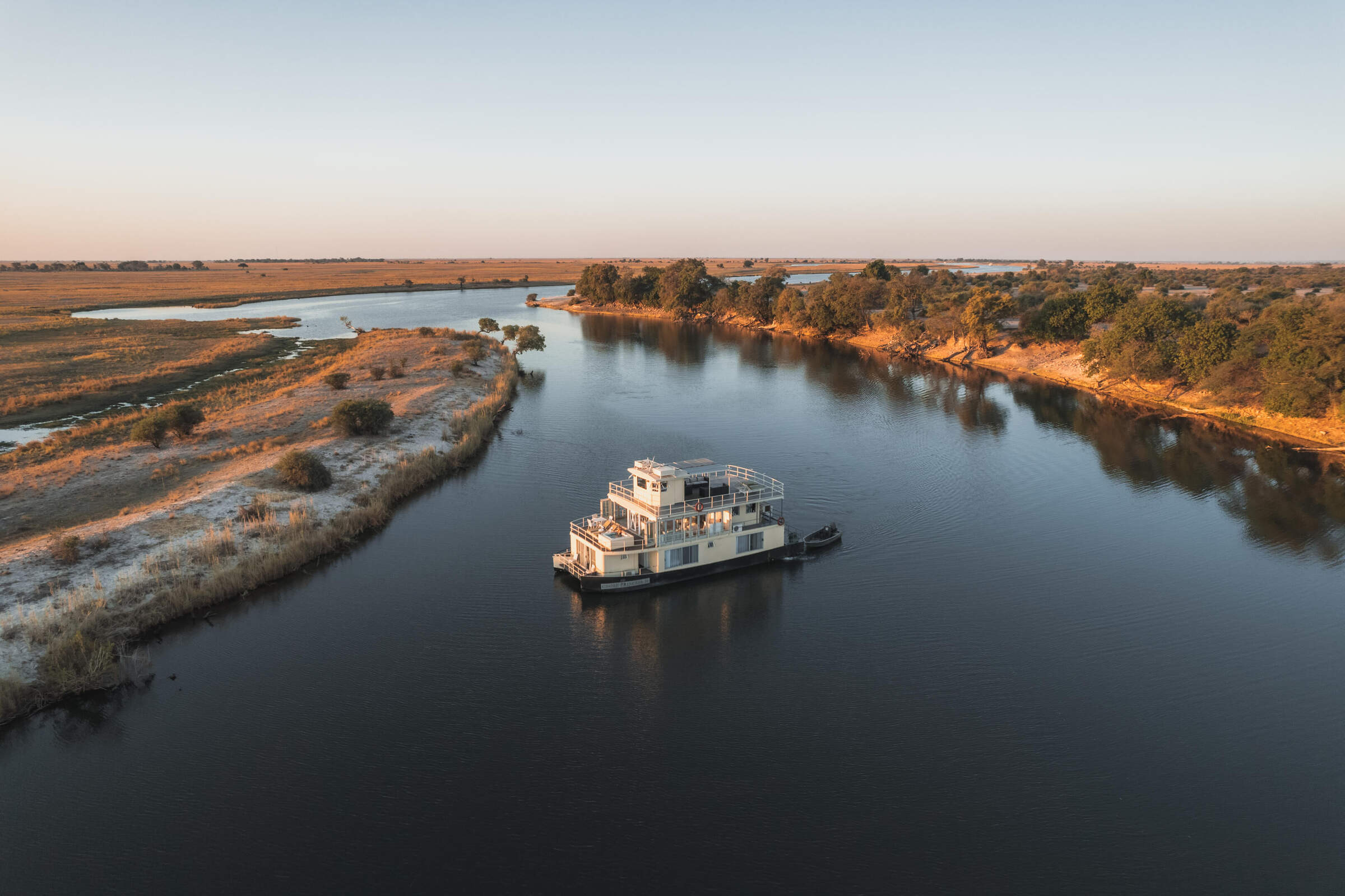
Chobe Princesses
The Chobe Princess houseboats offer a memorable way to explore the Chobe and Zambezi Rivers in Namibia's Caprivi. Perfect for a couple or for a group of family or friends.
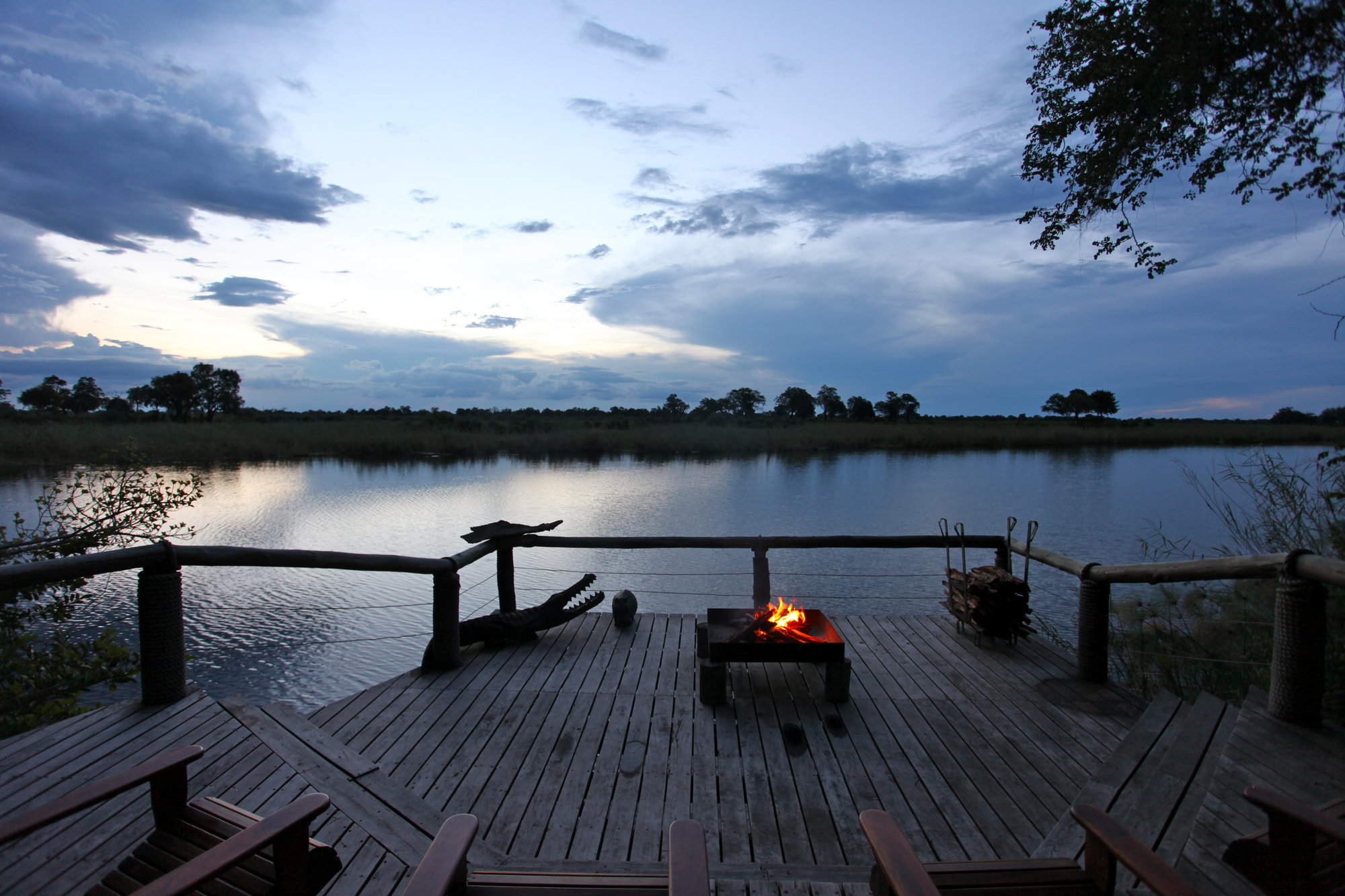
Lianshulu Lodge
Beside the Kwando River, within Mudumu National Park, Lianshulu is a small safari lodge offering 4WD safaris and river trips – with particularly good birdlife.
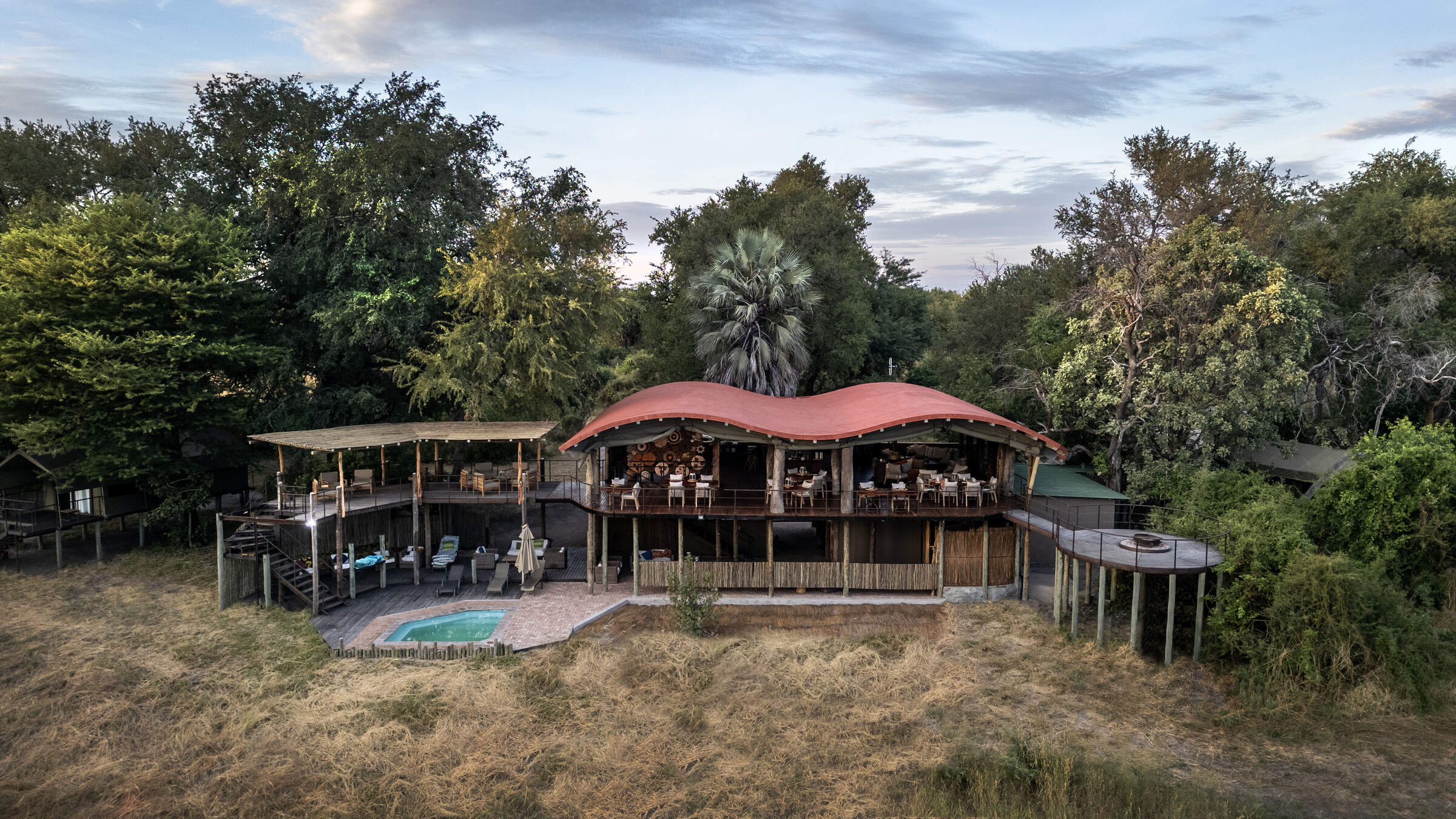
Nkasa Lupala
Peaceful Nkasa Lupala is a comfortable lodge in a remote and little-explored area close to Nkasa Rupara National Park.
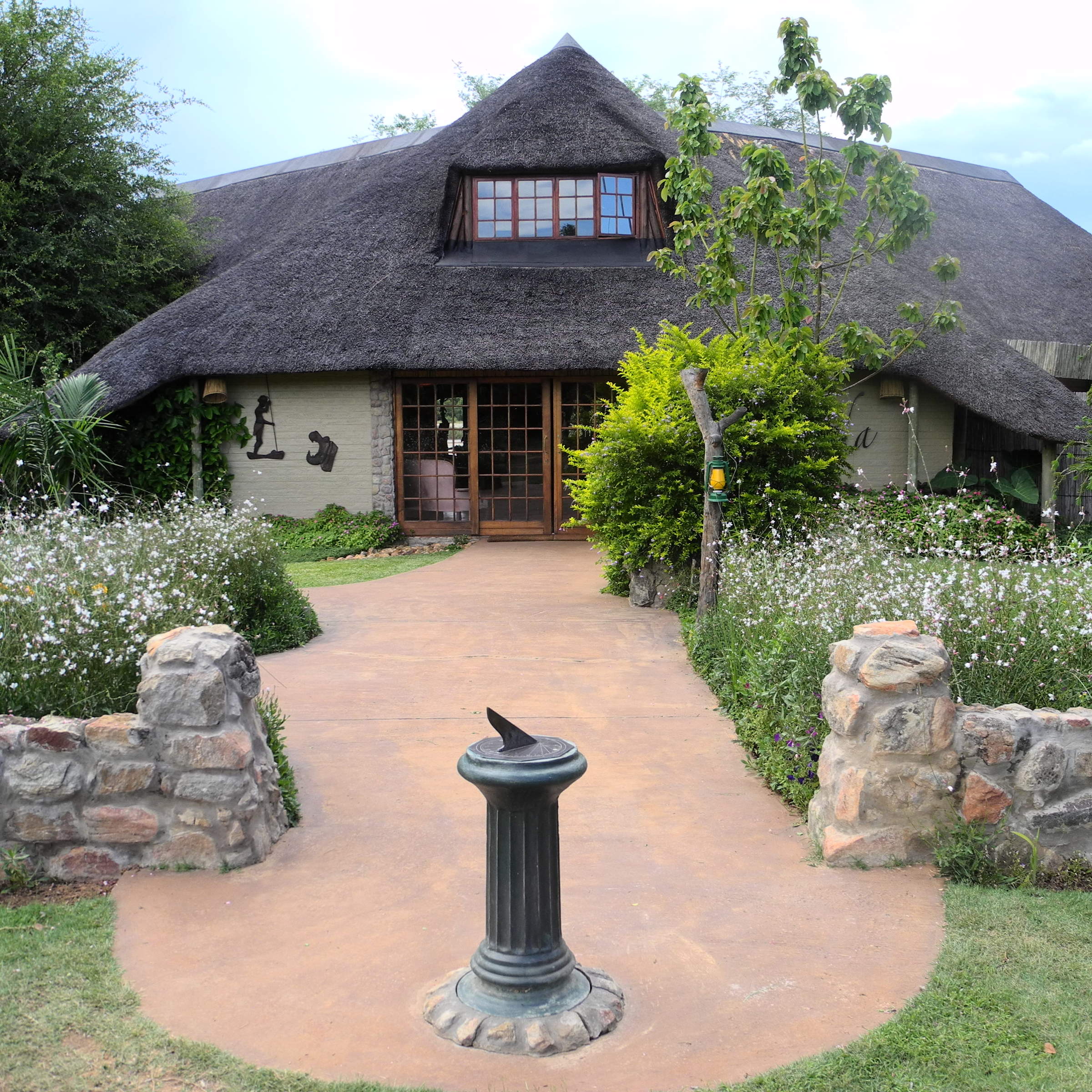
Nunda River Lodge
NNunda River Lodge overlooks a pretty part of the Kavango River near Popa Falls and the productive Mahango National Park.
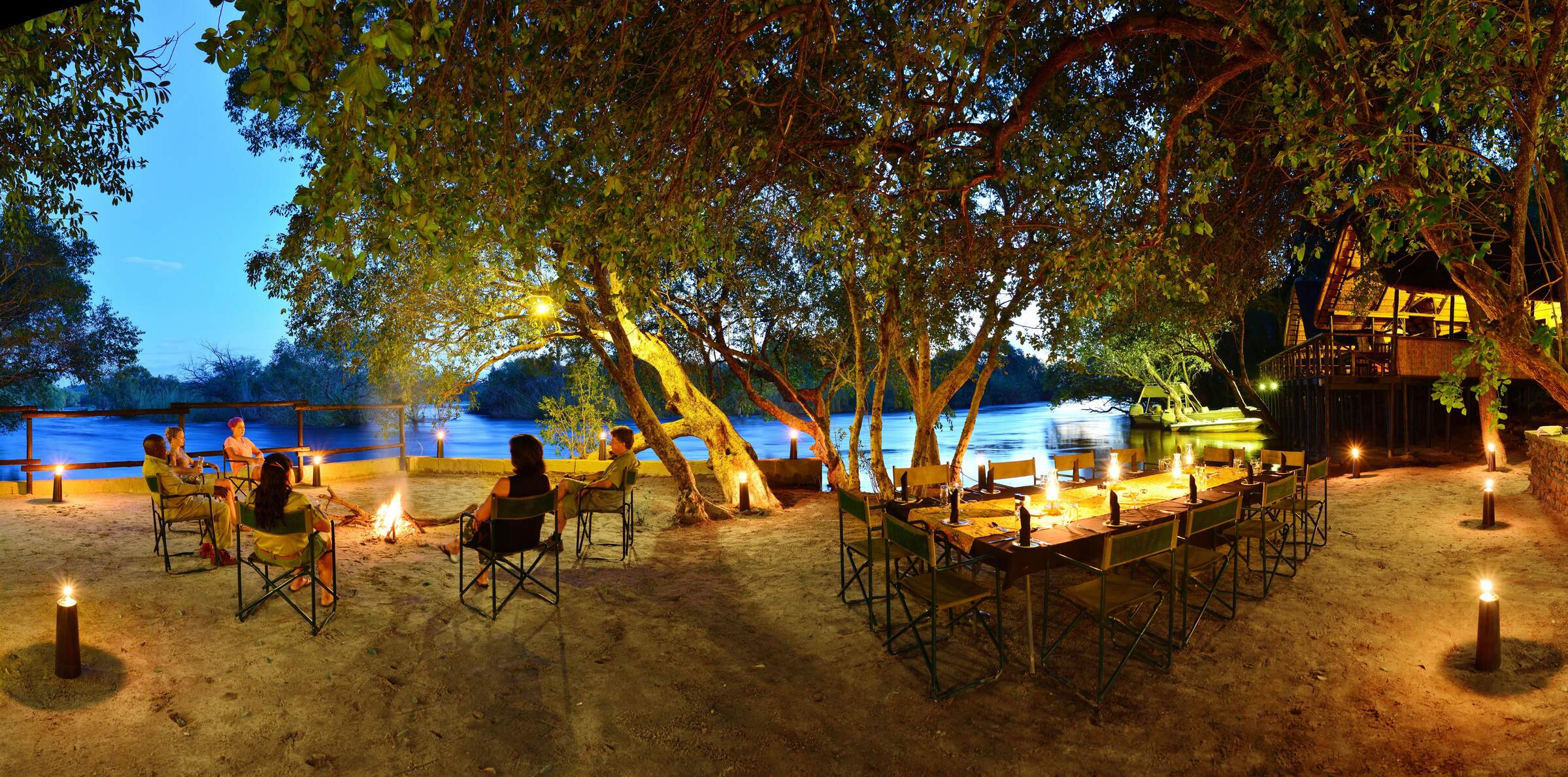
Ichingo Chobe Lodge
Safari holiday in Namibia's Caprivi Strip, staying at Ichingo Chobe River Lodge on Impalila Island.
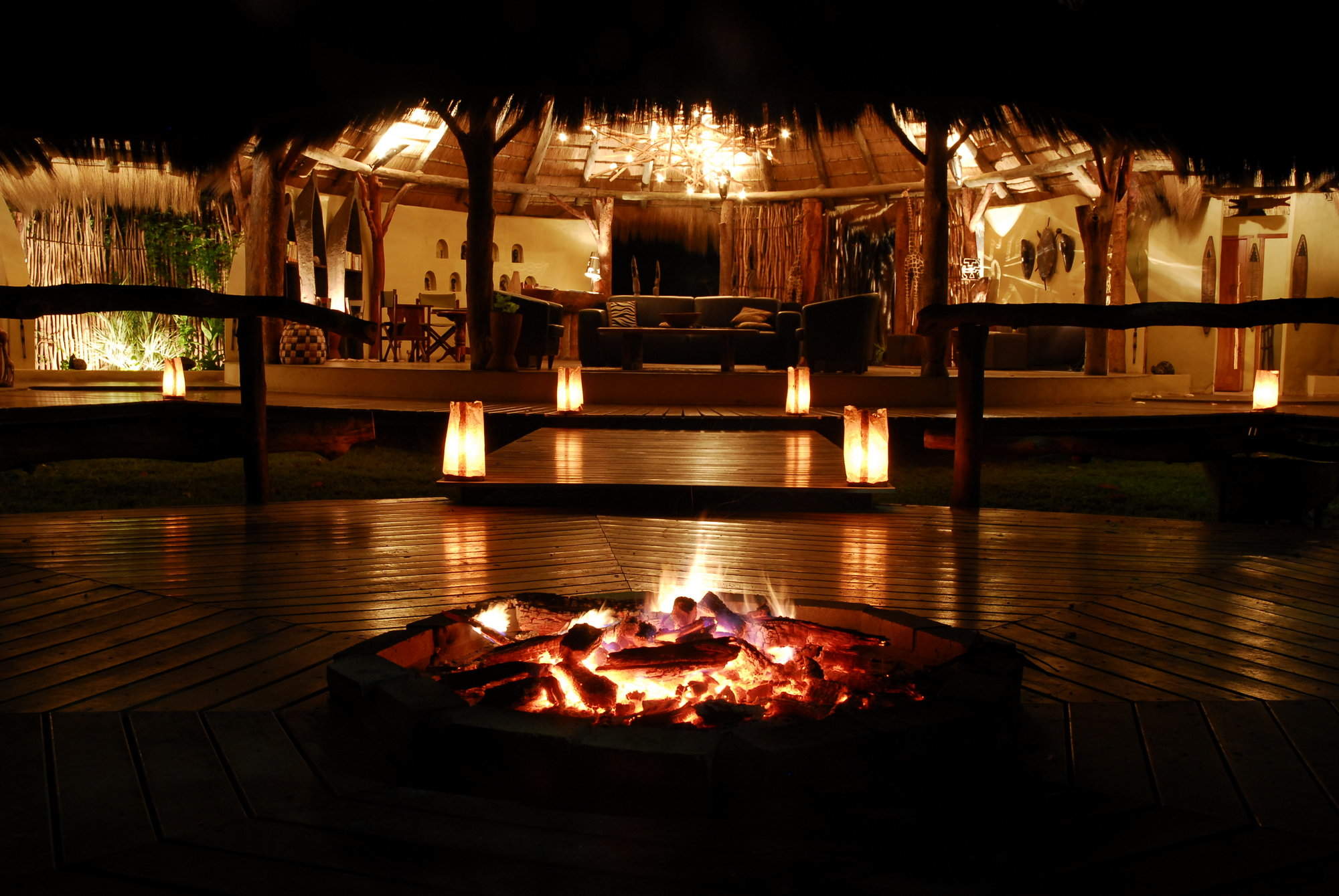
Camp Kwando
Near to Mudumu National Park, Camp Kwando is a comfortable and unfussy option with opportunities for game drives, boat safaris and fishing.
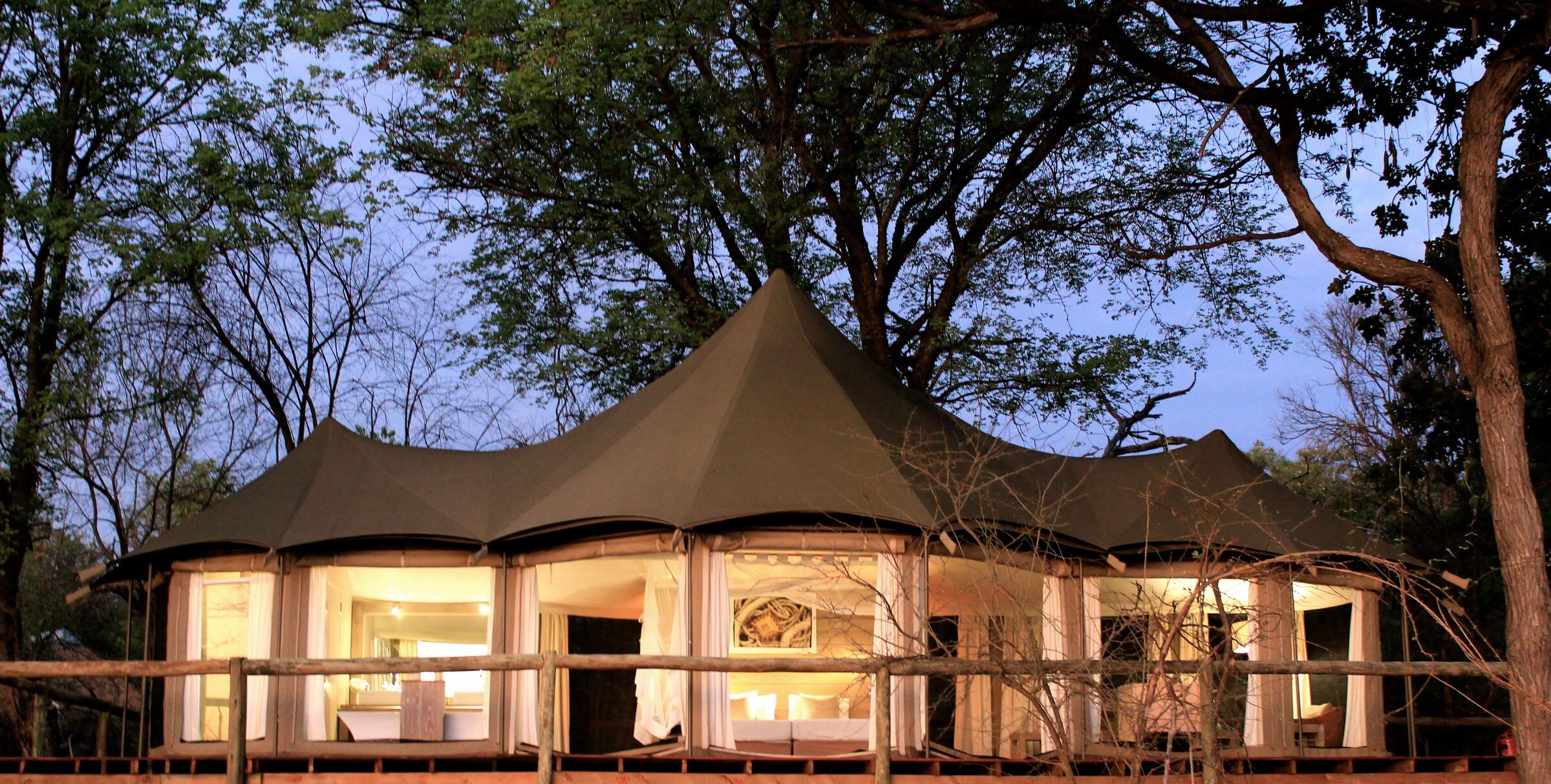
Nambwa Tented Lodge
A beautiful safari lodge In the remote Bwabwata National Park, Nambwa Tented Lodge brings serious comfort to a relaxing safari.
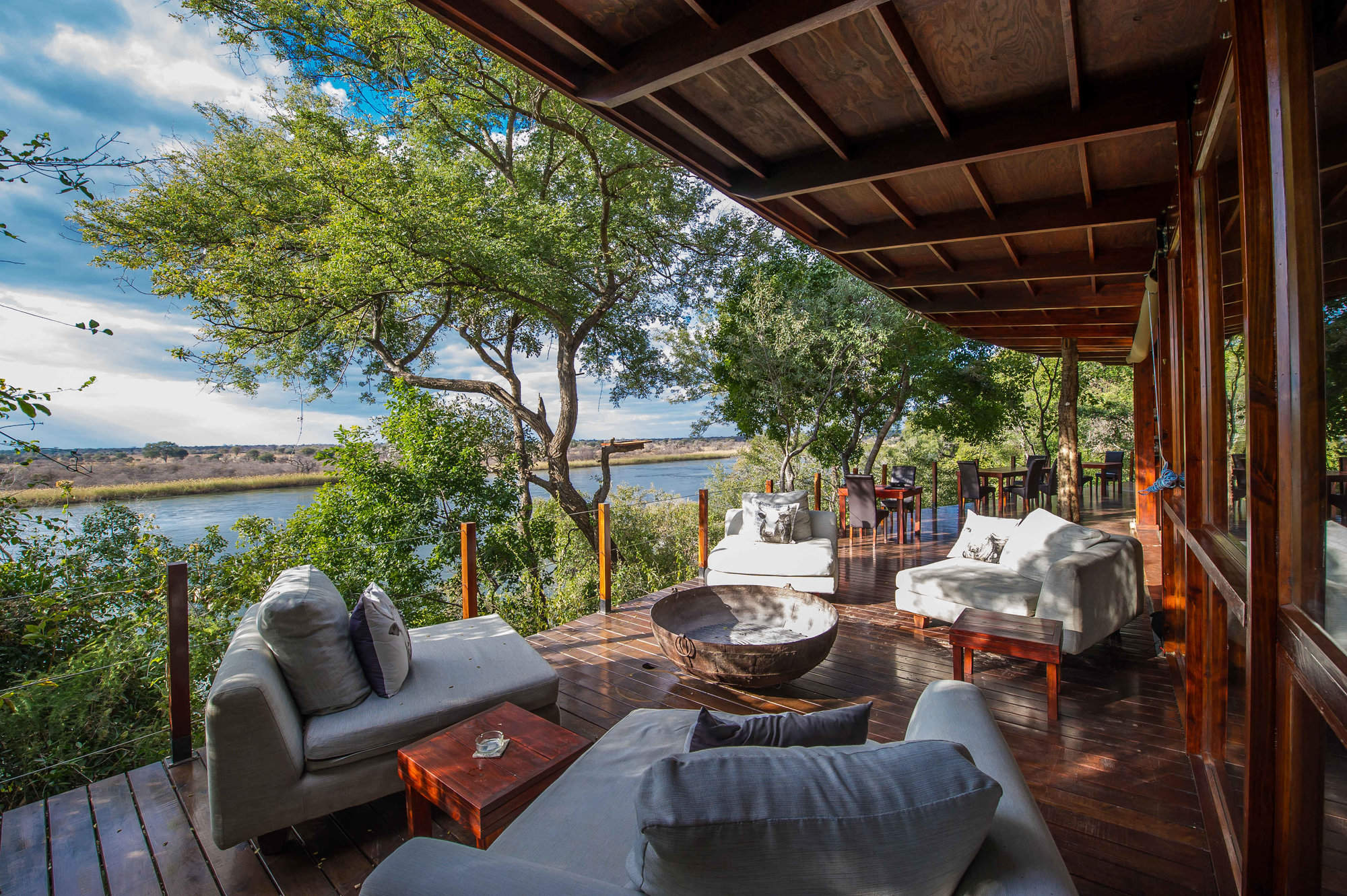
River Dance
Build on stilts on the banks of the Kavango River, River Dance Lodge has great views, a relaxed ambience and excellent birdlife.
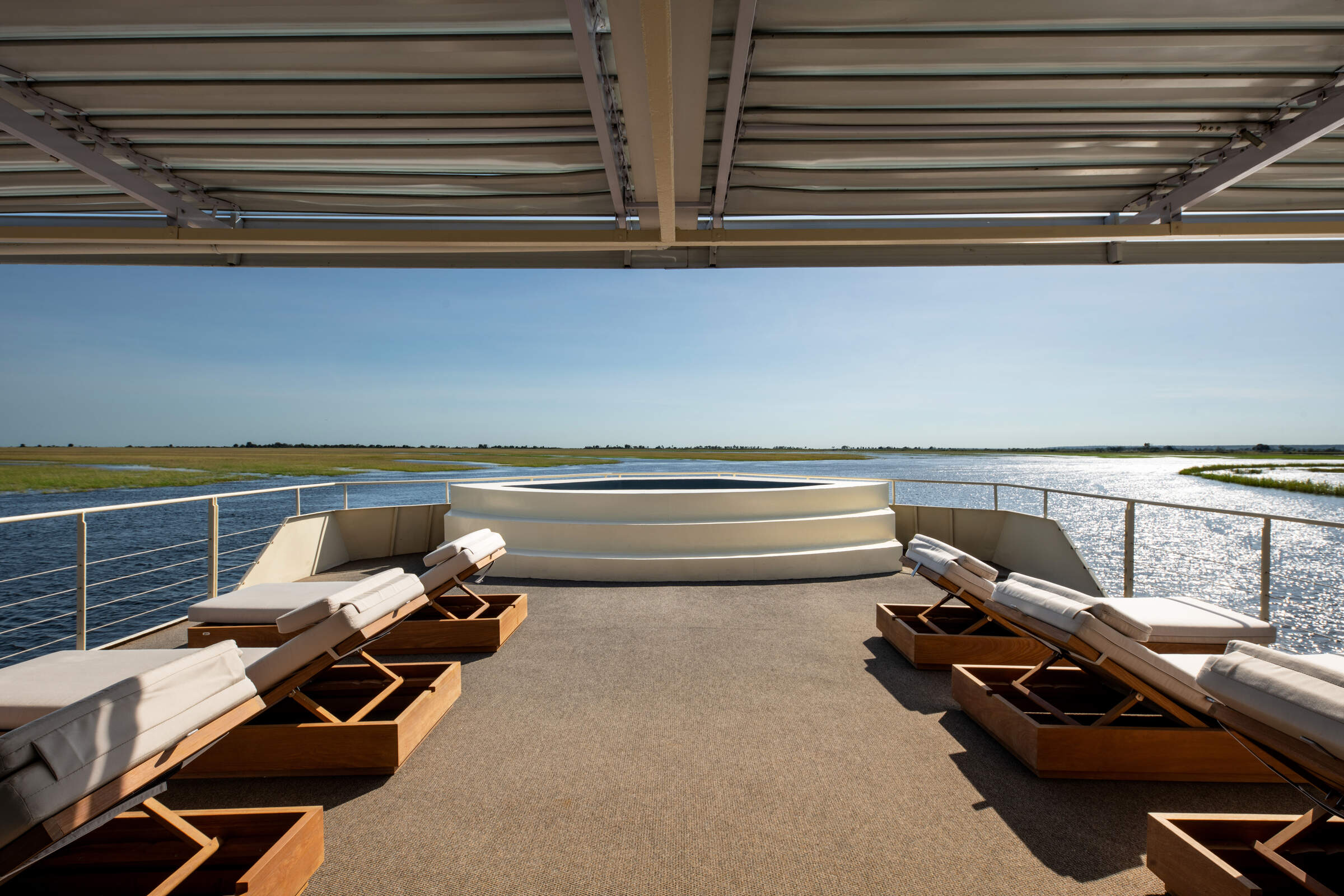
Zambezi Queen
The Zambezi Queen offers luxurious two- and three-night cruises along the game-rich Chobe River, including game viewing by small boat and 4WD as well as catch-and-release fishing.
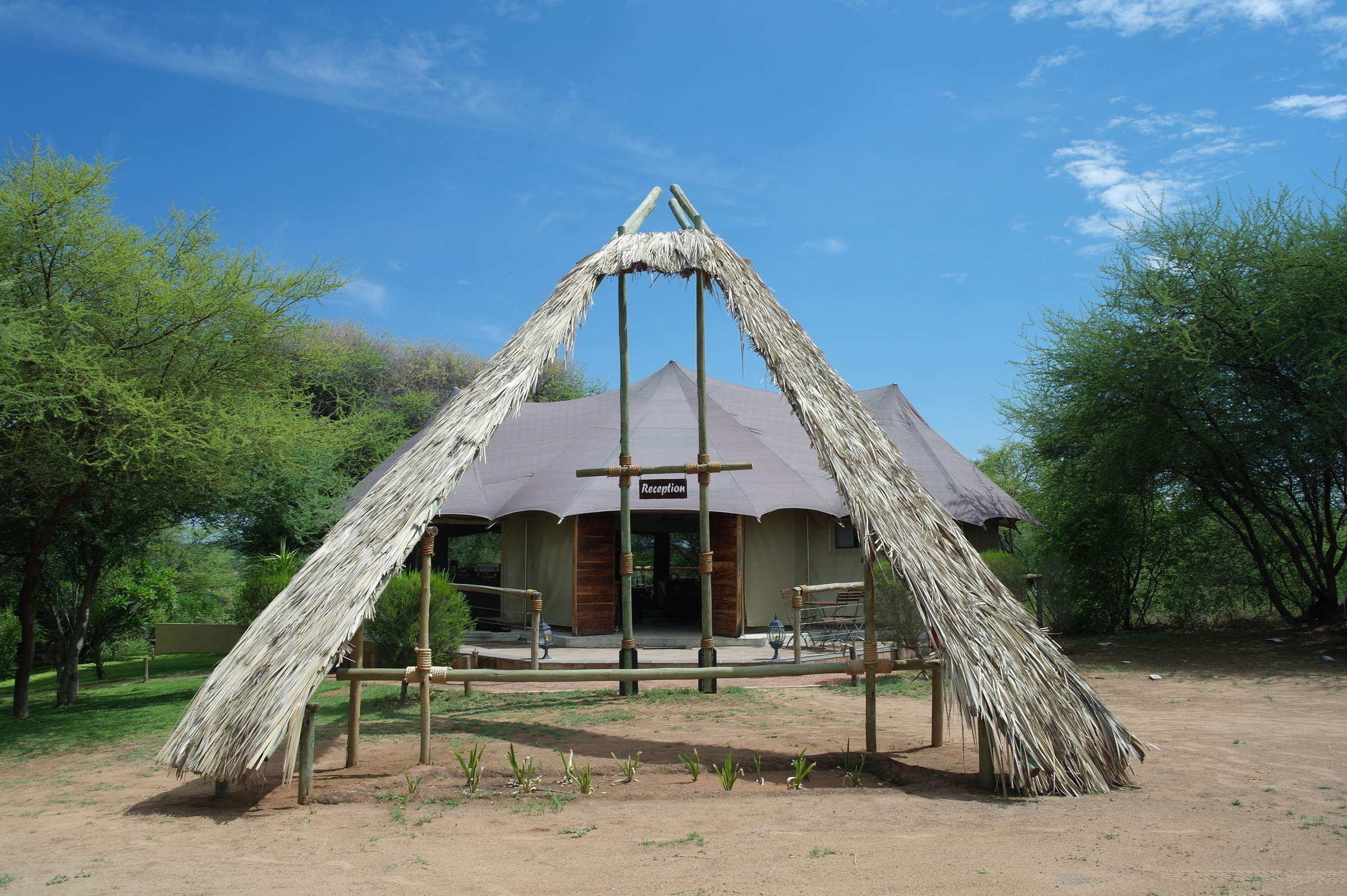
Taranga Lodge
Situated on the banks of the Kavango, Taranga Safari Lodge works as a convenient stopover before going onto explore the Caprivi.
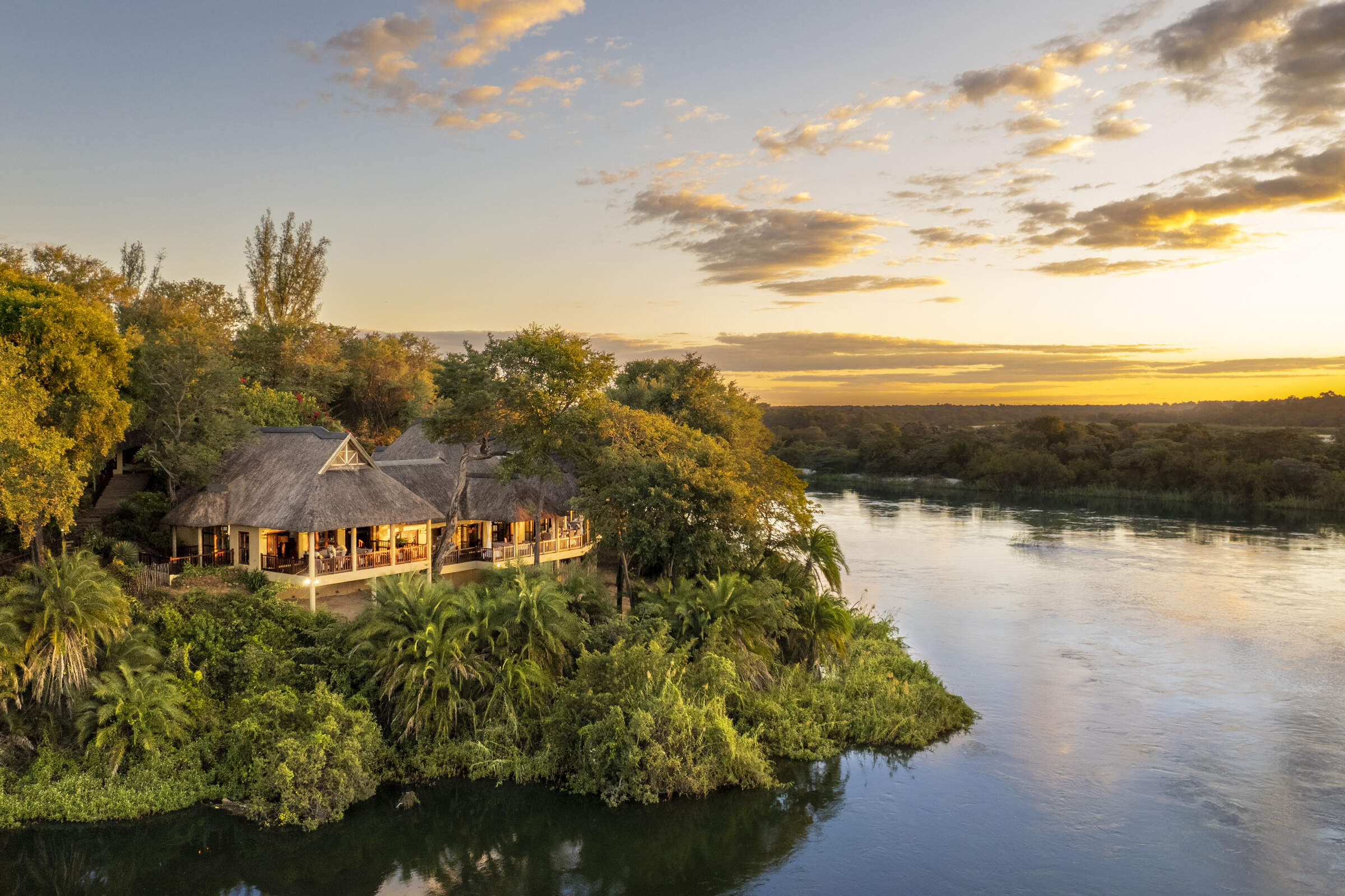
Divava Lodge & Spa
The substantial Divava Okavango Lodge & Spa offers plenty of pampering opportunities in an unspoilt riverside setting
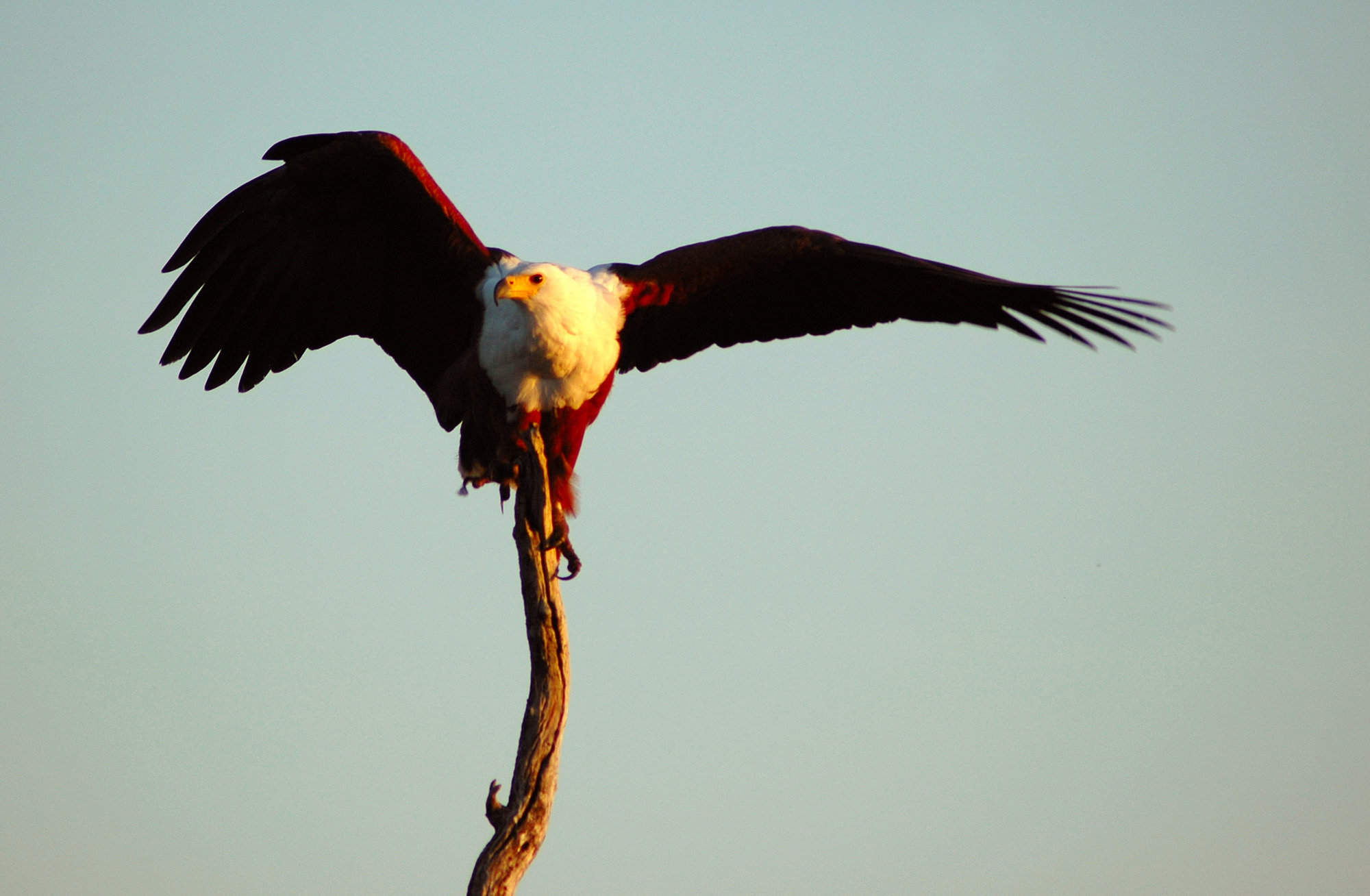
Cascade Island Lodge
Cascade Island Lodge, near Kasane in the Caprivi Strip is a very luxurious, high end option for those seeking peace and privacy on the Zambezi River.
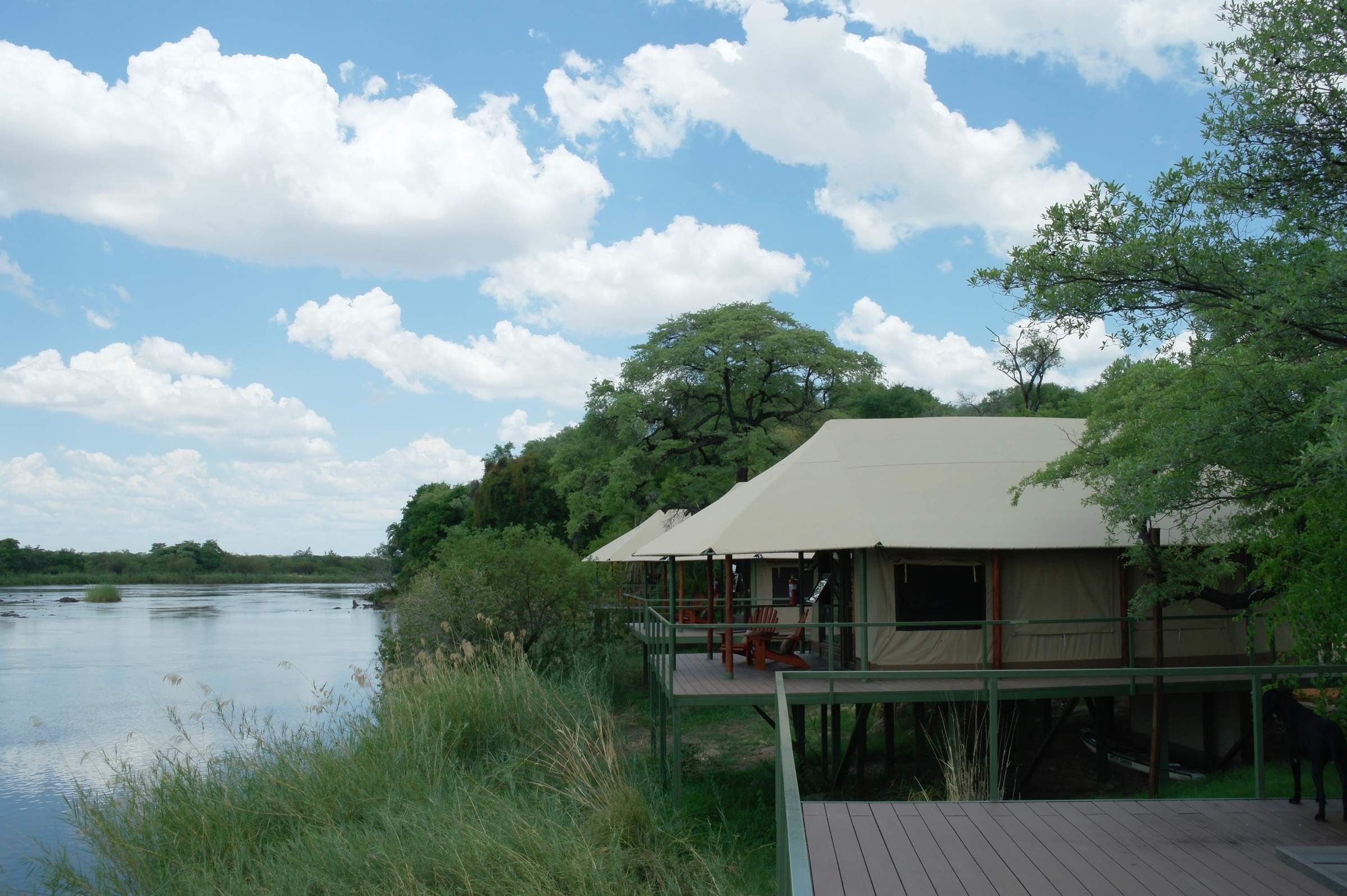
Shametu Lodge
Shametu River Lodge has the best views of the Popa Rapids of any private lodge in the Divundu area.
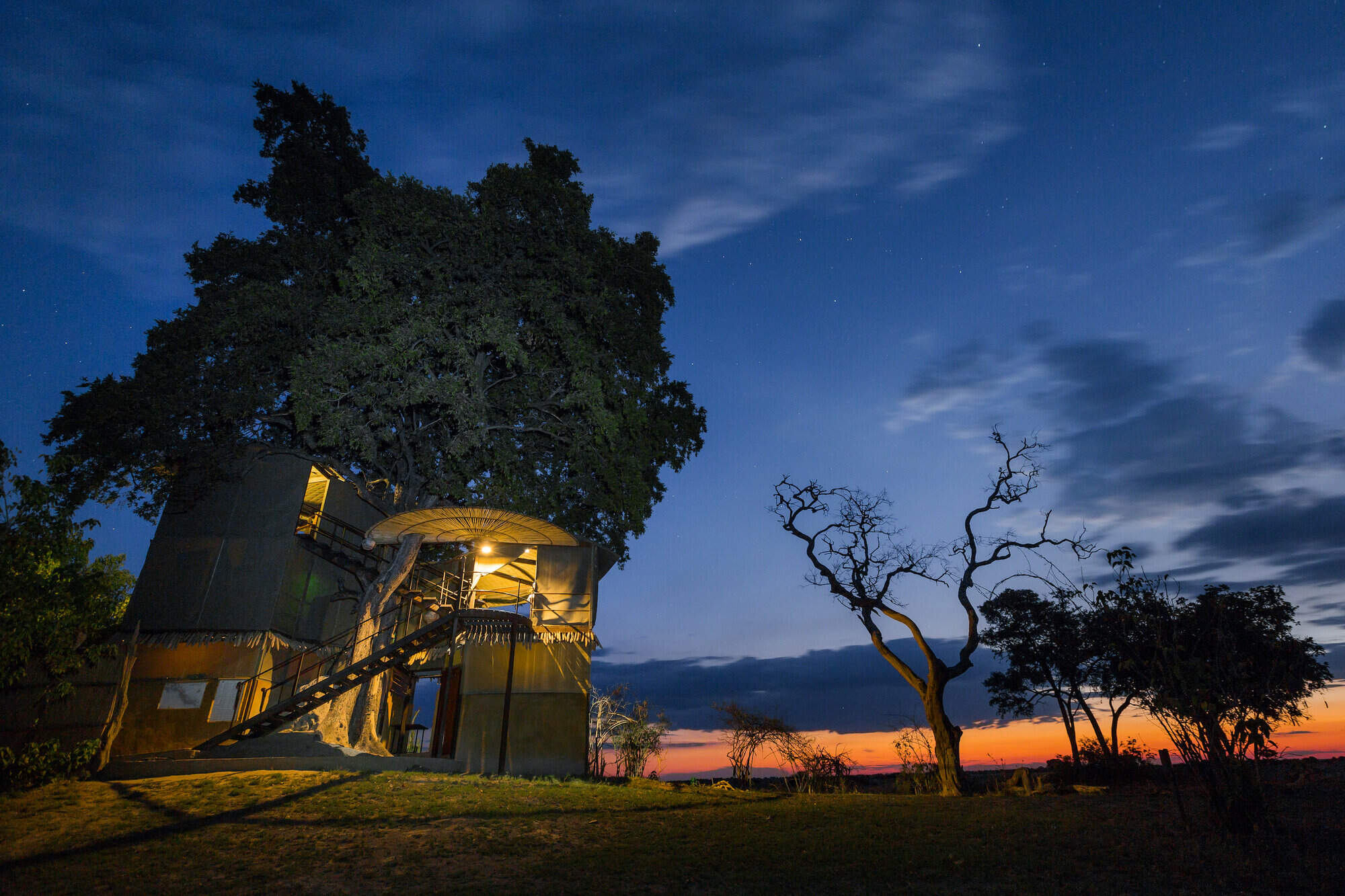
Jackalberry Camp
Jackalberry Camp is uniquely situated in the Nkasa Rupara National Park affording unrivalled access to this little-visited corner of Namibia.
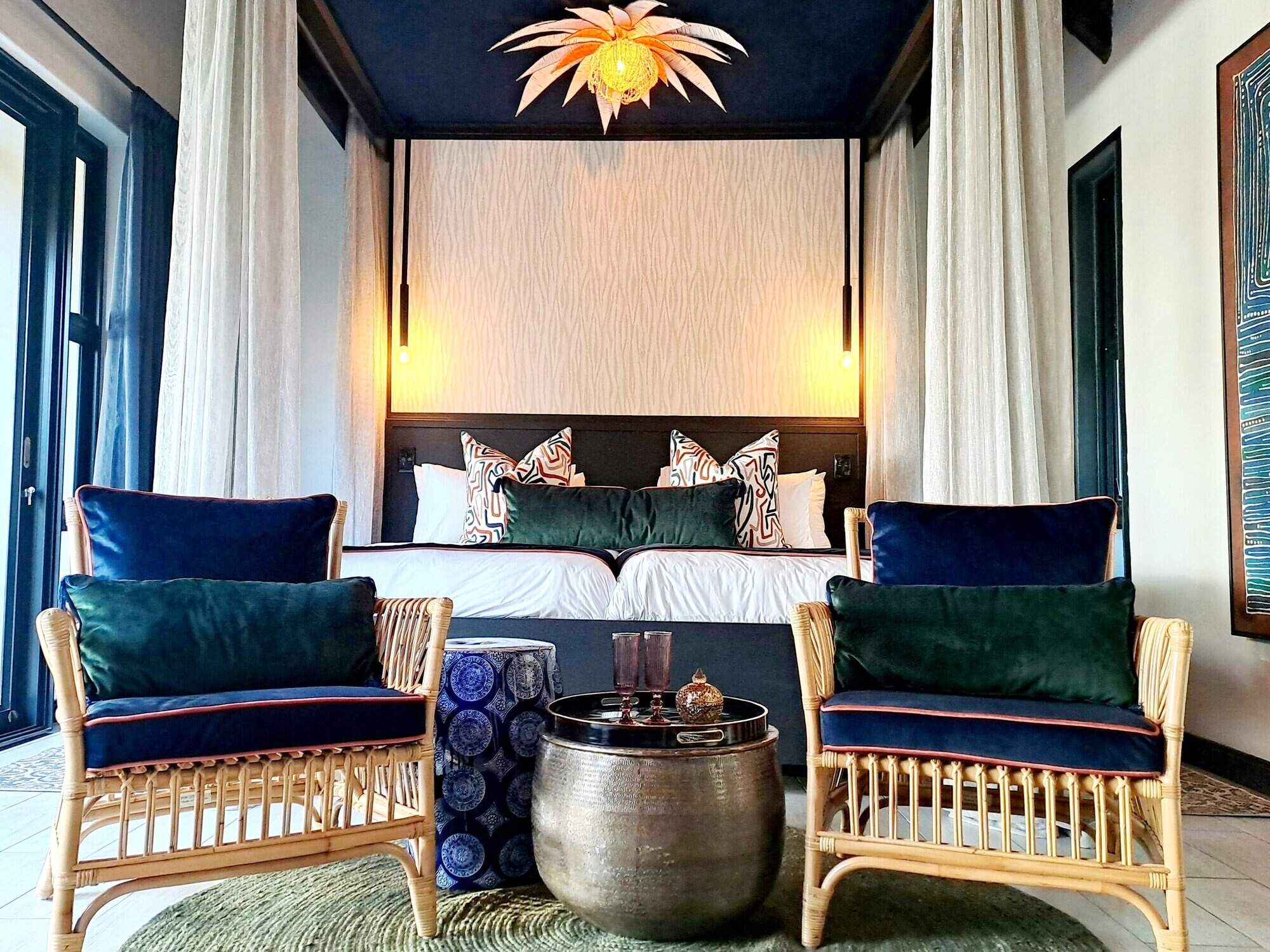
Namushasha Lodge
One of the larger lodges in the Bwabwata National Park, Namushasha is an economic option with an attractive river-side location.
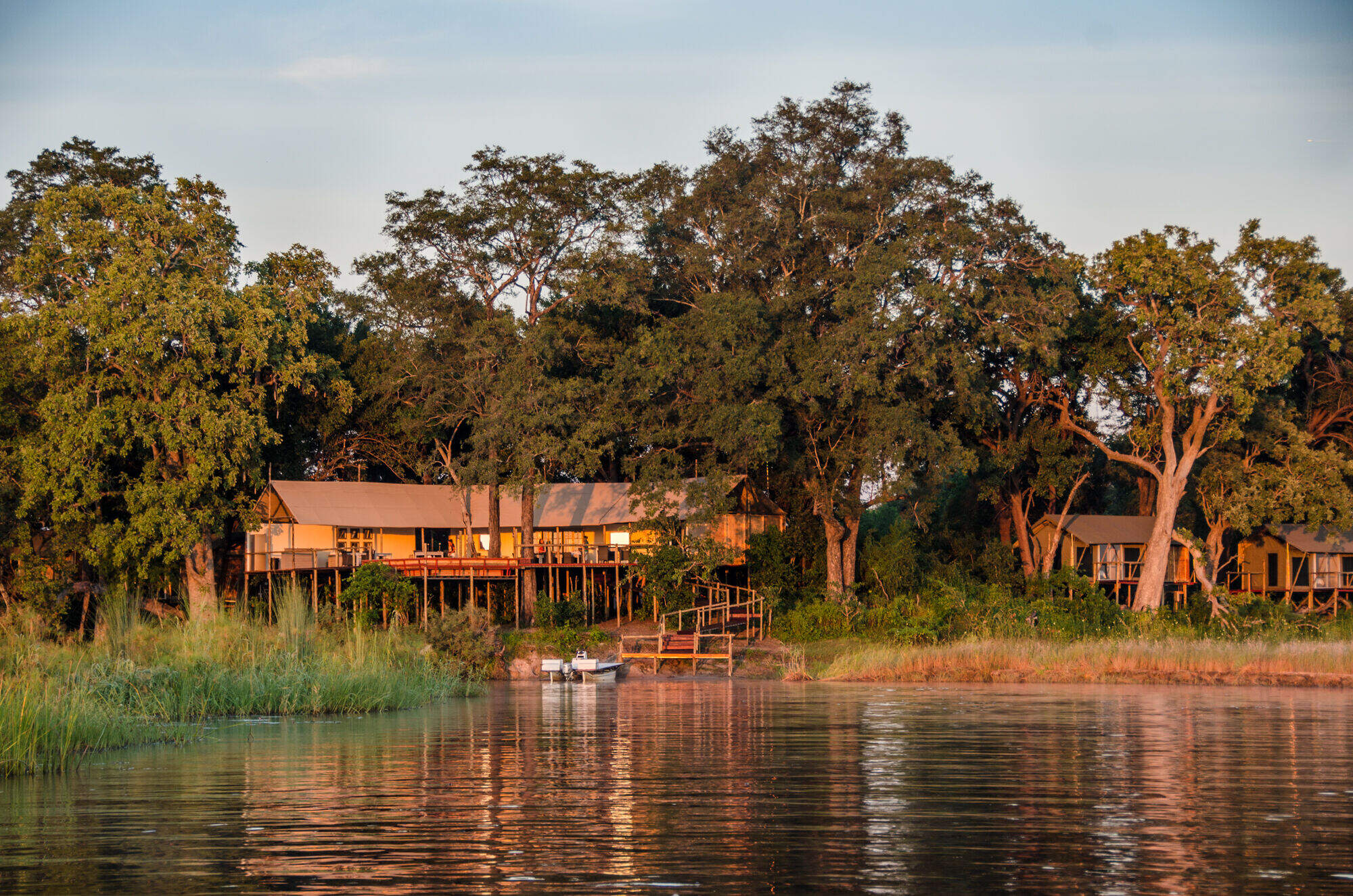
Kazile Island Lodge
On an island in the Kwando River within Bwabwata National Park, the remote Kazile lsland Lodge offers games drives, bush walks and boat cruises.
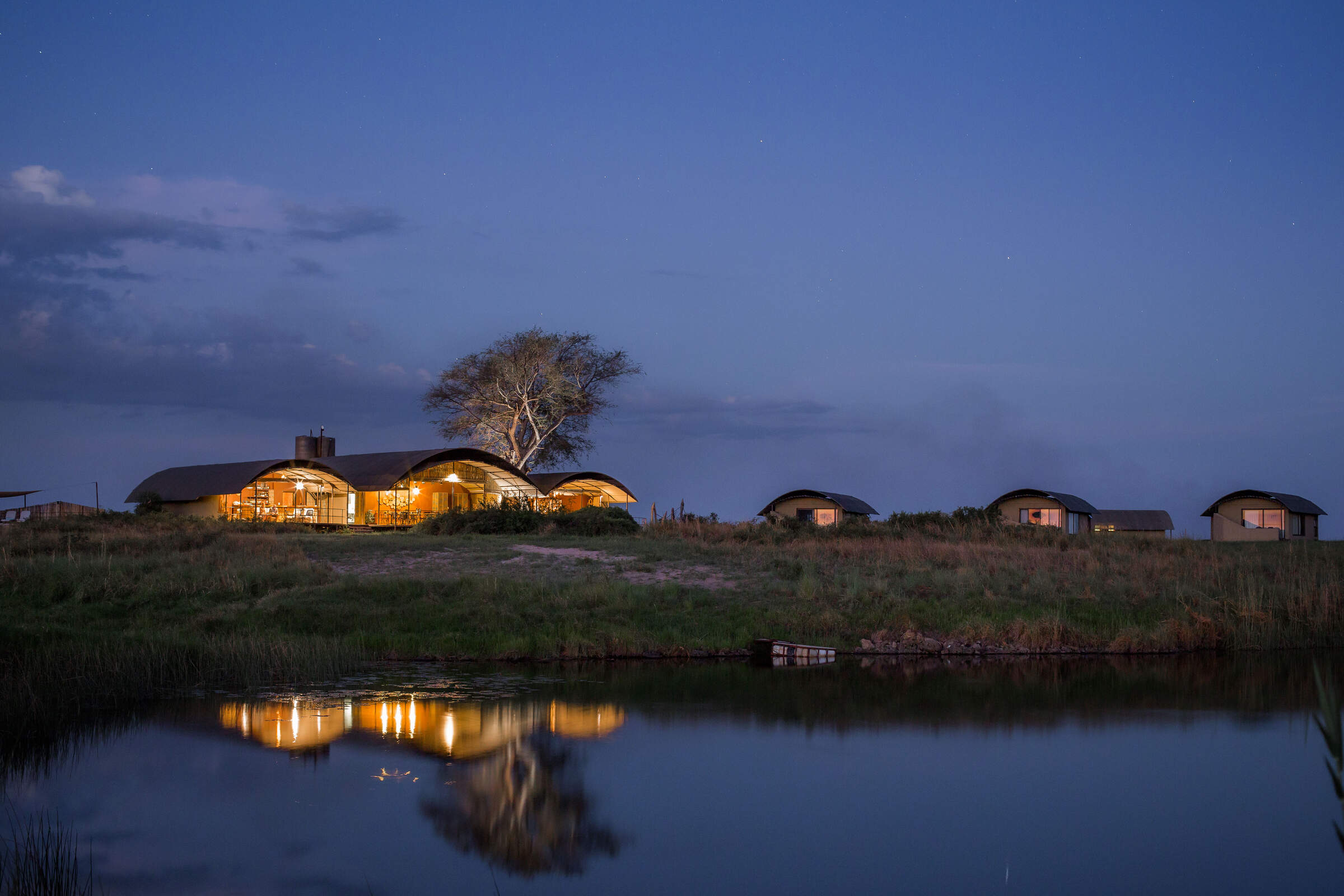
Serondela
Accessible only by river, Serondela combines the remoteness of Namibia’s Caprivi Strip with access to Botswana’s flagship Chobe National Park.
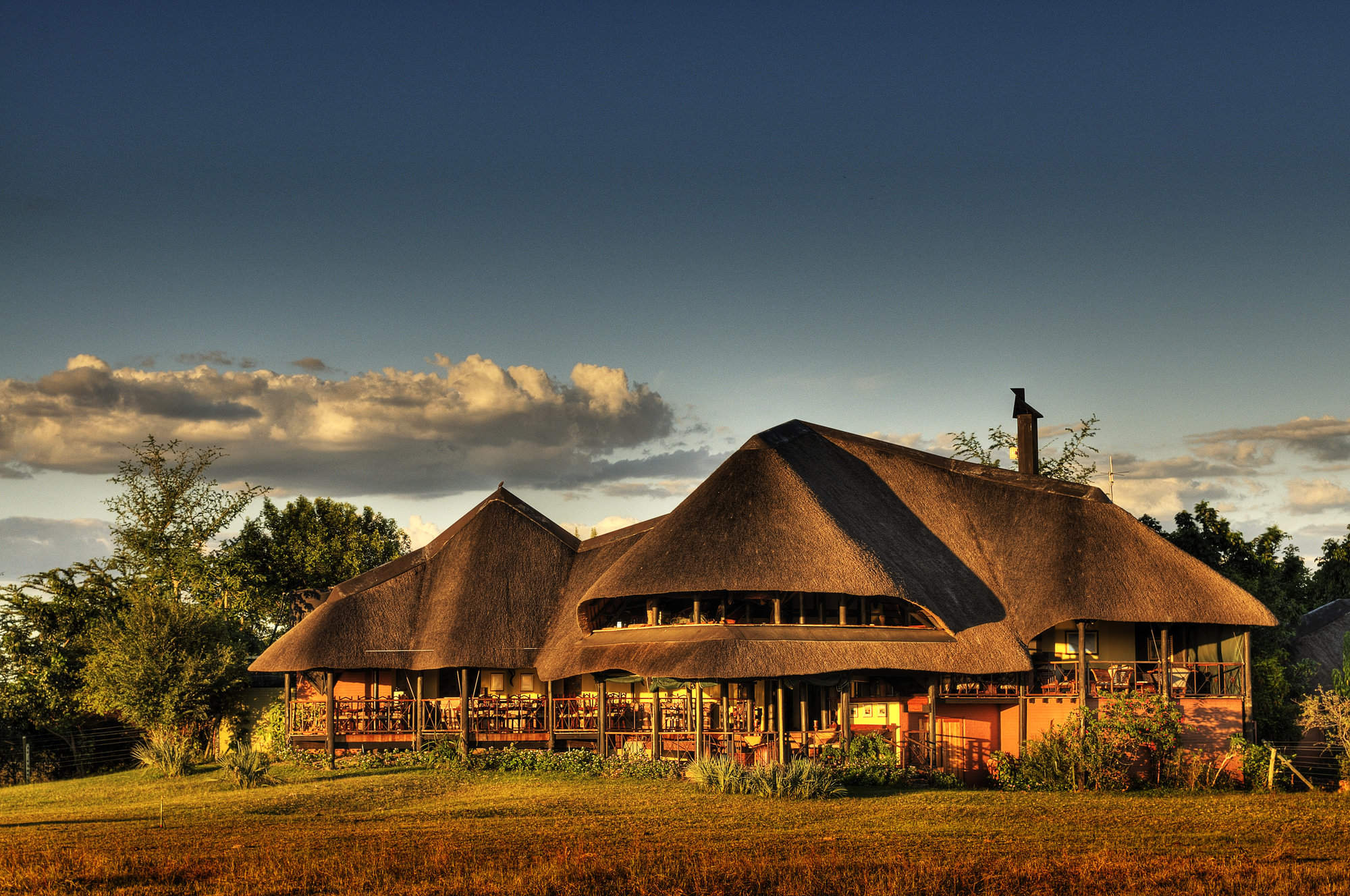
Chobe Savanna Lodge
Chobe Savanna Lodge stands opposite Chobe National Park, Botswana. Click here to learn more about the area and your options for a safari there.
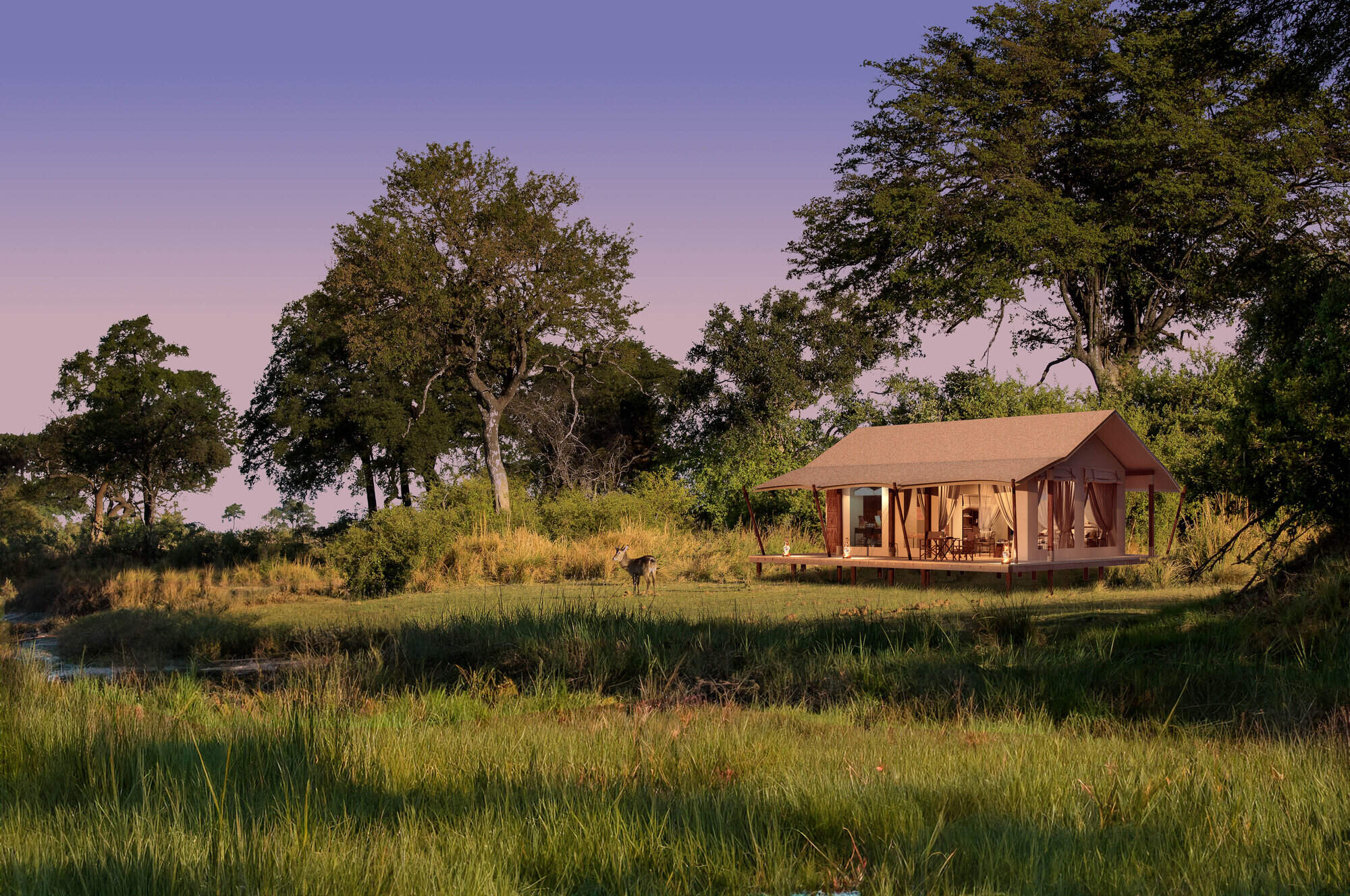
Nkasa Linyanti
On a private island within the remote Nkasa Rupara National Park, Nkasa Linyanti will combine tented comfort with an impressive range of safari activities.
When to go to Caprivi Strip
Our month by month guide: What it's like to visit Chobe Water Villas in Caprivi Strip
Jan
Feb
Mar
Apr
May
Jun
Jul
Aug
Sep
Oct
Nov
Dec
Caprivi Strip in January
January marks the heart of the rainy season in the Caprivi Strip. The Zambezi and Kwando rivers swell, nourishing the lush landscapes of Bwabwata and Mudumu National Parks. Rainfall can be heavy but localised, with temperatures around 30°C/86°F.
The verdant environment makes a refreshing change, especially in typically drier areas. Birdlife is abundant, with many species in full breeding plumage and migratory birds present in force. In Nkasa Rupara National Park, the abundant water allows wildlife to disperse, making it more challenging to spot. However, boat cruises along the major rivers offer excellent opportunities for wildlife viewing and birdwatching.
- Variable weather: hot and dry or humid with rain
- Occasional localised thunderstorms in the region
- Abundant birdlife, especially migratory species
- Wildlife dispersed, harder to spot in Bwabwata
- Few tourists, low rates at lodges and camps
Our view
This is not a great time to visit
Weather in January
Caprivi Strip in February
February is the wettest month in the Caprivi Strip, with the Zambezi Region experiencing some of the heaviest rainfall. The Kavango and Zambezi rivers reach their peak levels, creating a lush, green paradise.
Days alternate between clear, hot and humid, and cooler with building clouds culminating in spectacular thunderstorms. These storms can cause flash floods, bringing ephemeral rivers to life and making travel more challenging, especially in remote areas like Khaudum National Park. The landscape feels vibrant and alive; insects and smaller animals are more easily seen in Bwabwata and Mudumu National Parks. Many birds and animals are raising their young. However, the abundance of water and thicker vegetation can make it harder to spot larger wildlife. Boat safaris along the Chobe River offer excellent game viewing opportunities.
- Weather alternates between hot/dry and humid/rainy
- Thunderstorms meander over the lush landscape
- Vibrant birdlife in wetlands and floodplains
- Wildlife scattered across Bwabwata National Park
- Low tourist numbers, great deals on accommodation
Our view
This is not a great time to visit
Weather in February
Caprivi Strip in March
March usually sees the main rains in the Caprivi Strip tailing off, though precipitation varies across the region. Many days are clear with strong sun, while others may end with short, spectacular thunderstorms. As the month progresses, these rains reduce in frequency and volume. The landscape remains vivid and green, particularly in Bwabwata and Mudumu National Parks.
Wildlife viewing can be challenging as animals disperse, but patient observers may spot young animals and a variety of bird species in breeding plumage. The Kwando and Zambezi rivers remain high, offering excellent opportunities for boat safaris and fishing. Impalila Island becomes more accessible as water levels start to recede.
- Weather varies: clear and hot or cloudy and humid
- Thunderstorms decrease as the month progresses
- Animals well-fed after months of plentiful food
- Wildlife viewing challenging in Bwabwata Park
- Few visitors, low rates at lodges and camps
Our view
A good time to visit, with pros & cons
Weather in March
Caprivi Strip in April
April in the Caprivi Strip is characterised by increasingly dry weather, with temperatures starting to fall. Days remain pleasantly warm, and humidity is still high, but nights start to have a slight chill. The recent rains leave the region lush and green, particularly in Bwabwata and Nkasa Rupara National Parks.
Animals are in excellent condition, often with fast-growing young. As the atmosphere clears, photographers can capture spectacular landscapes and healthy wildlife. Stargazing becomes more rewarding as night skies clear.
In the northern parks like Mudumu and Bwabwata, water and food remain plentiful, so big game can be more dispersed. However, boat safaris along the Zambezi and Chobe rivers continue to offer excellent wildlife viewing opportunities. April is an ideal time for birdwatching, with many migratory species still present.
- Nights become cooler and drier in the region
- Easter sees a slight increase in visitor numbers
- Wildlife still dispersed in Bwabwata National Park
- Migratory birds begin their northward journey
- Lush green landscapes and crisp, clean air
Our view
A good time to visit, with pros & cons
Weather in April
Caprivi Strip in May
By May, the Caprivi Strip is drying out, but if rains have been good the land remains green. Wildlife in Bwabwata and Mudumu National Parks starts to congregate around permanent water sources. The air quality and clarity can be amazing, making this an ideal month for photography.
Typical days are warm with crisp, clear mornings and blue skies. Evenings are cool, with temperatures possibly dipping below 10°C/50°F overnight. Many lodges still charge low season prices, offering good value. The combination of increasingly good wildlife sightings, beautiful landscapes, and crystal-clear air makes May one of the best months to visit the Caprivi Strip. River activities along the Zambezi, Chobe, and Kwando rivers are particularly enjoyable, with pleasant temperatures and good wildlife viewing opportunities.
- Pleasant weather: warm days and cool nights
- Landscapes remain green as the region dries out
- Excellent visibility for wildlife photography
- Low visitor numbers and moderate lodge rates
- Wildlife starts to congregate near water sources
Our view
A very good time to visit
Weather in May
Caprivi Strip in June
June sees the Caprivi Strip fully dry, with blue, cloudless skies. Days are warm and dry, while nights can be cold, sometimes near freezing in more exposed areas. Warm clothing is essential for early morning game drives in Bwabwata and Mudumu National Parks.
Wildlife viewing enters its dry-season pattern, focusing around waterholes and rivers. The Kwando and Zambezi rivers offer excellent boat safari opportunities, with animals frequently coming to drink. Photographers benefit from superb air clarity, with minimal dust or smoke. Fishing, particularly for tigerfish, becomes increasingly popular as water levels stabilise.
Historically, June accommodation prices have been low, but the region's increasing popularity means some lodges now charge higher prices.
- Clear days, cold nights
- Great conditions for landscape photography
- Moderate lodge rates in this shoulder season
- Wildlife gathers at waterholes for easier viewing
- Some greenery persists in the lush landscape
Our view
A very good time to visit
Weather in June
Caprivi Strip in July
July in the Caprivi Strip offers reliably warm daytime temperatures above 20°C/68°F and excellent wildlife sightings. Rain is extremely rare, and clear skies make for great photographs, especially in Bwabwata and Nkasa Rupara National Parks. Nights can be very cold, potentially below freezing in exposed areas. Visitors should dress in layers and be prepared for chilly morning and evening game drives.
As vegetation dries out, game concentrates around water sources., and the Kwando and Zambezi rivers become wildlife hotspots, offering excellent boat safari opportunities. Lodges charge high season rates, and many are fully booked well in advance, especially during European school holidays.
- Dry days, cold nights ideal for stargazing
- European holidays bring more family travellers
- Peak season with higher rates and busy lodges
- Excellent wildlife viewing in Bwabwata Park
- Boat safaris popular on the region's rivers
Our view
A very good time to visit
Weather in July
Caprivi Strip in August
August is the height of winter in the Caprivi Strip. Expect cloudless skies and warm sun during the day, but nights can drop to freezing in exposed areas. Warm clothes are essential for early morning and evening activities.
The landscape is dry, with much vegetation turned golden brown, creating stark and beautiful scenery in Bwabwata and Mudumu National Parks. Wildlife congregates around available water sources, guaranteeing excellent animal sightings, especially along the Kwando and Zambezi rivers. Boat safaris and fishing expeditions are highly rewarding, with animals frequently seen coming to the water's edge to drink.
August is the most popular time to visit, particularly for families. Advance booking is crucial for the best lodges.
- Dry days and cold nights continue in Caprivi
- Cloudless skies offer spectacular stargazing
- Busier season, especially for family accommodation options
- Peak rates and advance bookings necessary
- Prime time for game drives and river safaris
Our view
Fantastic: the very best time to visit
Weather in August
Caprivi Strip in September
September in the Caprivi Strip brings blue, cloudless skies and fantastic wildlife viewing. Rain is almost unheard of, and temperatures gradually increase. Daily maximums can reach the low 30s Celsius / 80s Fahrenheit, though low humidity keeps it comfortable. Nights remain cool.
The air becomes dustier, creating atmospheric scenes for photography. In Bwabwata, Mudumu, and Nkasa Rupara National Parks, animals cluster around remaining water sources, making September one of the best months for game viewing. It's a popular time for visitors, with high season rates in effect. Safari enthusiasts often choose this month for its reliable wildlife sightings. Boat safaris along the Zambezi and Chobe rivers offer excellent opportunities to see elephants and other wildlife coming to drink.
- Excellent month for wildlife viewing in Caprivi
- Warming temperatures as the month progresses
- Landscape transitions from green to golden brown
- High season rates at lodges and camps continue
- Advance bookings essential for accommodation
Our view
Fantastic: the very best time to visit
Weather in September
Caprivi Strip in October
October is typically the hottest and driest month in the Caprivi Strip. Temperatures build throughout the month, with daily highs potentially exceeding 40°C/104°F, though the low humidity makes it bearable. In rare years, isolated showers may occur late in the month.
Wildlife viewing in Bwabwata and Mudumu National Parks is at its peak, with animals congregating around dwindling water sources. The Zambezi and Kwando rivers become crucial lifelines for wildlife. October is popular among wildlife enthusiasts and commands peak-season prices. Dust and occasional smoke can create hazy conditions, challenging for photographers but creating dramatic scenes. Boat safaris offer respite from the heat and excellent game viewing.
- Peak wildlife-viewing in Bwabwata National Park
- Hot and dry conditions throughout the region
- Hazy air due to dust and occasional bush fires
- High season rates at lodges and camps persist
- Early October sees many facilities fully booked
Our view
A very good time to visit
Weather in October
Caprivi Strip in November
November in the Caprivi Strip can be unpredictable, alternating between hot, dry periods and cooler, cloudier days. Typically, mornings start clear and hot, with clouds building in the afternoon. Humidity increases, often culminating in spectacular late-afternoon thunderstorms. These storms are usually localised, bringing relief to some areas while others remain dry. Places receiving rain quickly flush green, softening the landscape in Bwabwata and Nkasa Rupara National Parks.
Many mammals give birth as the first rains arrive. Once rains begin, wildlife in the parks becomes more dispersed, making game viewing more challenging. However, this is an excellent time for birdwatchers, with migrant species arriving in breeding plumage. Boat safaris along the major rivers continue to offer good wildlife viewing opportunities.
- Variable conditions depending on the rains
- New life emerges with the onset of rains
- Wildlife viewing shifts to wetter areas
- Shoulder season offers value for money
- Increased chance of showers later in the month
Our view
A good time to visit, with pros & cons
Weather in November
Caprivi Strip in December
December marks the first proper month of the Caprivi Strip's rainy season and is one of the hottest. Mornings are often clear, giving way to building clouds and occasional short, spectacular thunderstorms. These rains are generally welcomed, clearing the air of dust and prompting plant life to erupt across Bwabwata and Mudumu National Parks.
Young animals abound, and many bird species are in breeding plumage. Wildlife disperses widely with the increased water availability, making game viewing more challenging but rewarding for patient observers. The Zambezi and Kwando rivers offer cooler temperatures and continued opportunities for boat safaris and fishing. Christmas and New Year fall within local summer holidays, so accommodation options can be surprisingly busy, especially around Katima Mulilo and other major towns.
- Hot and humid, occasional cooling showers
- Landscape turns green where rain has fallen
- Renewed energy in the lush Caprivi environment
- Clear air enhances photography opportunities
- Excellent for birdwatching, challenging for mammals
Our view
This is not a great time to visit
Weather in December

Looking for inspiration on where to travel next?
Visit our trip chooser to explore your options and find inspiration for your perfect African adventure
Inspire me